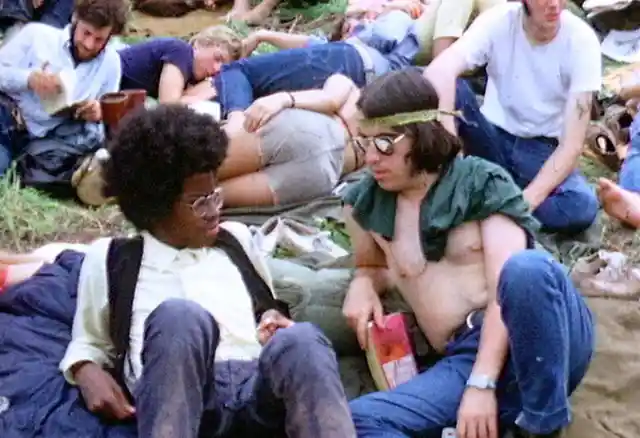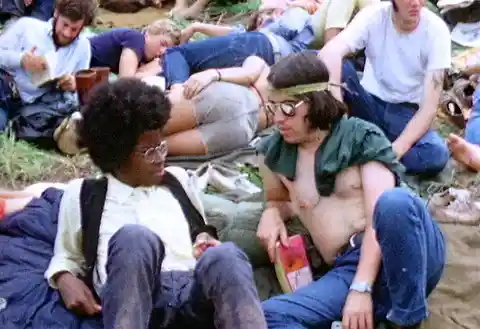Practicing His Crowdsurfing
Woodstock, the most famous music festival in rock 'n' roll history, took place 40 years ago on August 15-18, 1969. In today's day in age, it's hard to perceive what a must have been like to be in attendance at an event such as this. It was an event that brought peaceful, lovable people together to celebrate the love and music and the good of people. To celebrate, here are 40 things you didn't know about it... 
Woodstock, the actual music festival, didn’t take place in Woodstock, New York, as everyone thought. It actually occurred in the Town of Bethel, which is nearby.
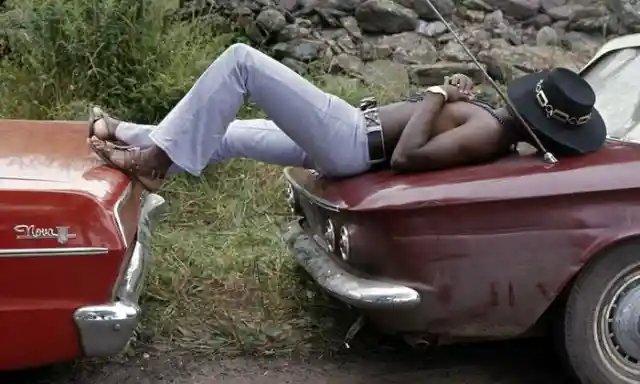
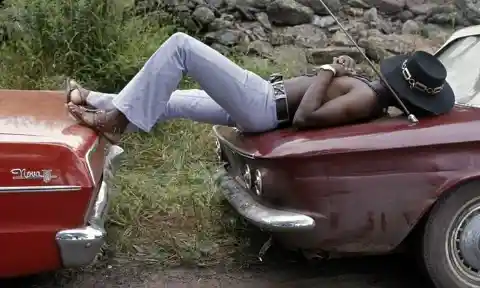
Here you can see people setting up driftwood and what looks to be practicing their crowd surfing into a pile of hay. They knew before the event even started that it was going to be a wild time and that the crowds would be so packed that it would be perfect for crowd surfing.
Smoke Camp

This is an image of one of the makeshift ‘smoke camps’ that hippies erected in Woodstock. Here they openly smoked marijuana and hash, sharing with those around them. People would use these smoke camps to meet new people and share stories.
The Daily Farmers Festival
Sullivan County dairy farmer Max Yasgur agreed to have the festival on his property after original permits were revoked a month before the festival date. Max Yasgur lives in a pleasant white wooden house on the crest of a long sloping lawn overlooking Route 17B. Behind his house is a house for some farmhands.
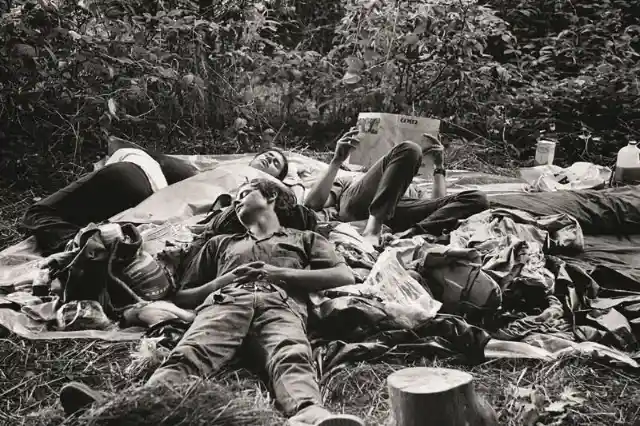
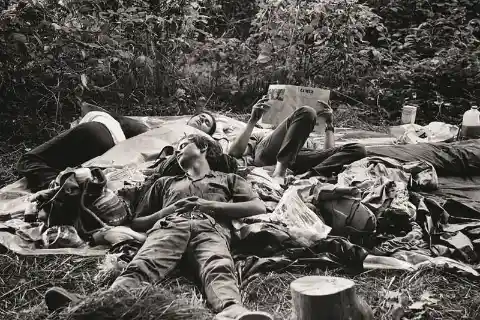
His act of kindness would set the bar pretty high for the hordes of festival-goers, a goal everyone would be more than willing to have a hand in. Yasgur would be paid $10,000 for his contribution, but he would have damages of roughly $50,000 to his property that almost put his farm out of business.
Hitchhiking 101
With storm clouds approaching, the crowd was urged: 'Let's think hard to get rid of the rain.' A chant went up: 'No rain, no rain, no rain.' But it didn't stop the downpour. After just three hours, five inches of rain fell and the festival became a messy mud-fest.
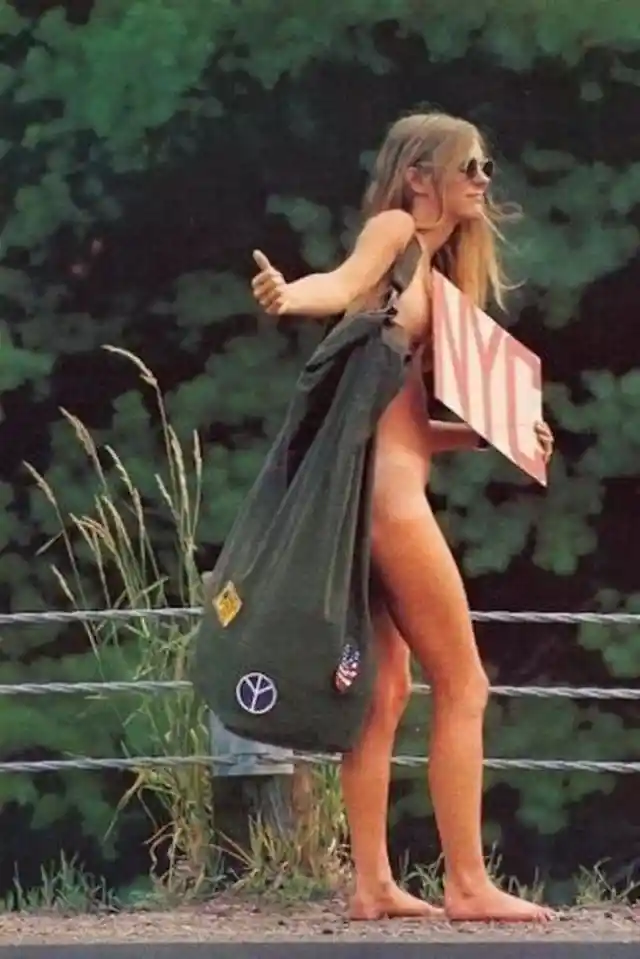
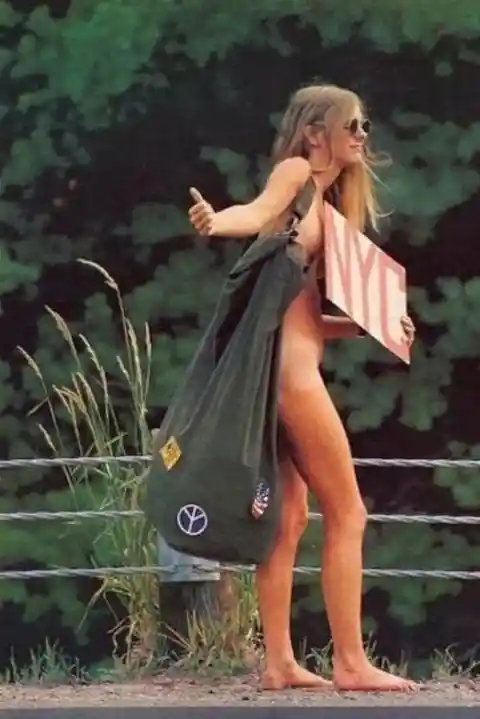
Joan Baez famously sang 'We shall overcome' during a full-on thunderstorm. Music festivals have taken Baez's approach ever since, singing through the storms and enjoying the music regardless of the weather.
Poster Designers
David Edward Byrd, the house artist at Bill Graham’s Fillmore East, was commissioned to design the poster for the original Woodstock Festival.
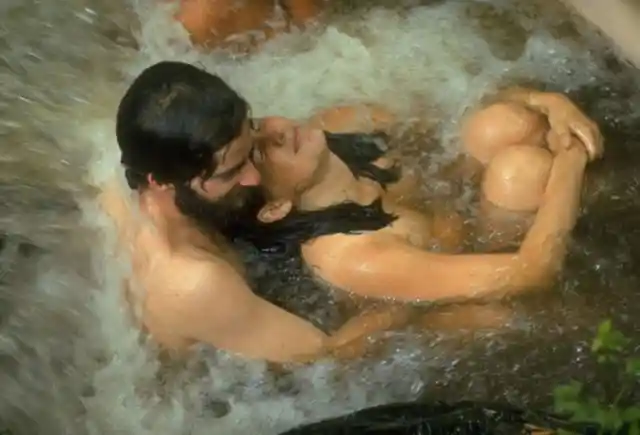
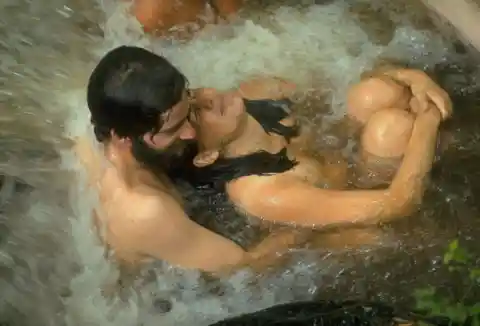
Though his work in career displayed diversity to rival that of most popular artists of his generation, Byrd, a Pratt Institute alumni of New York, went on to be the senior designer at Warner Brothers entertainment from 1990 to 2002.
Street Jams
Beatniks, hippies, flower children and rock legends gathered together not in Woodstock, but in the little town of Bethel, rural New York State. Many would think it was all about the stage time for each artist, but in fact, many of the artists would hang out in tents with a bunch of fans and play little sideshows.
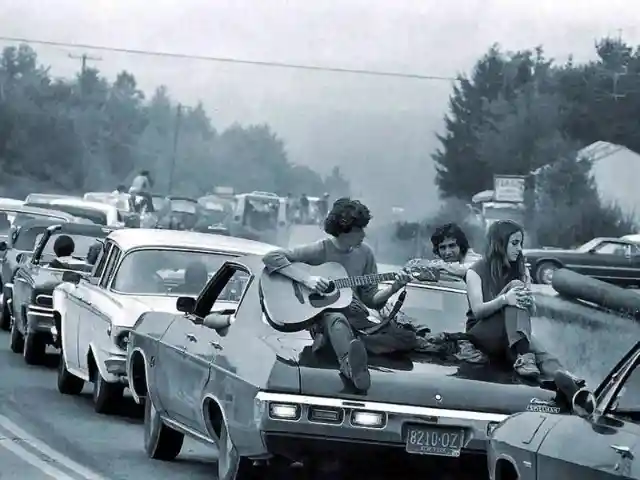
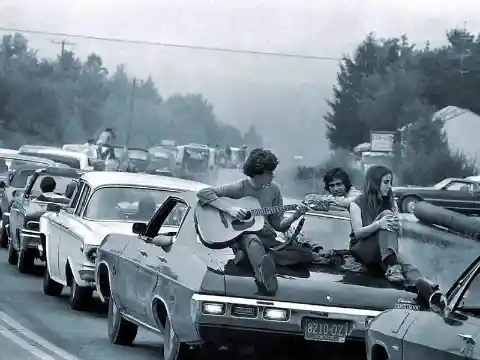
Again, it was more about the music and the vibe than the performance.
Richie Havens
The idea for the festival came from band manager Michael Lang and Artie Kornfeld, a songwriter turned record company executive. They wanted to raise money to build a recording studio in Woodstock, upstate New York, a haven for artists including Bob Dylan, The Band, and Van Morrison.
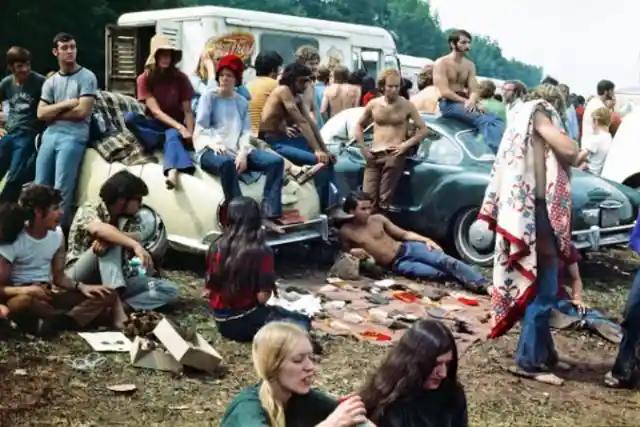
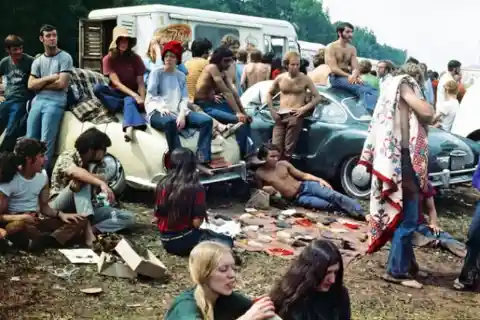
Artists would get paid from $375 to $18,000 to play the show.
Young Hippie
There was no suitable site in Woodstock, so organizers opted for Wallkill, 40 miles away. But residents blocked their plans, so dairy farmer Max Yasgur stepped in to offer his alfalfa field, in the neighboring hamlet of Bethel.
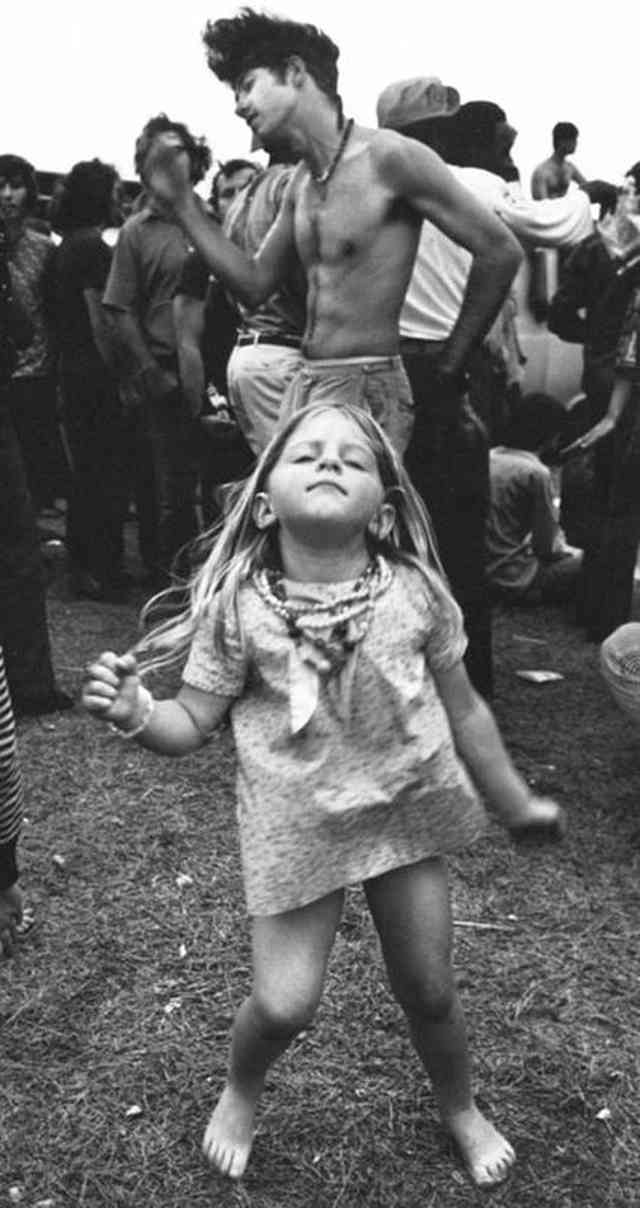
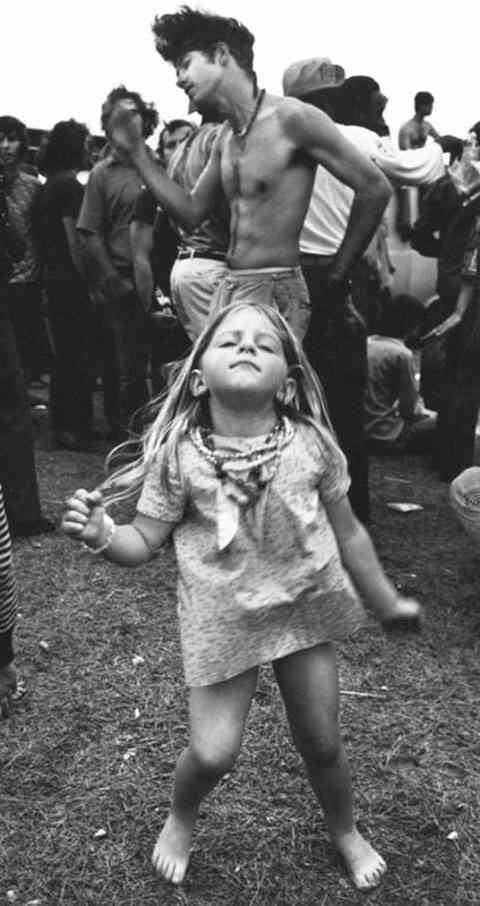
A deal was struck for $75,000, seeing the opportunity to bring hundreds of thousands of fans to his farmland to see the likes of Jimi Hendrix, Santana, Creedence Clearwater Revival, and The Band amongst many others.
The Closing
Jimi Hendrix closed the festival, and was the only musician to recieve the grand total of $18,000 for performing. Ironically, Hendrix played to the smallest crowd of the entire weekend.
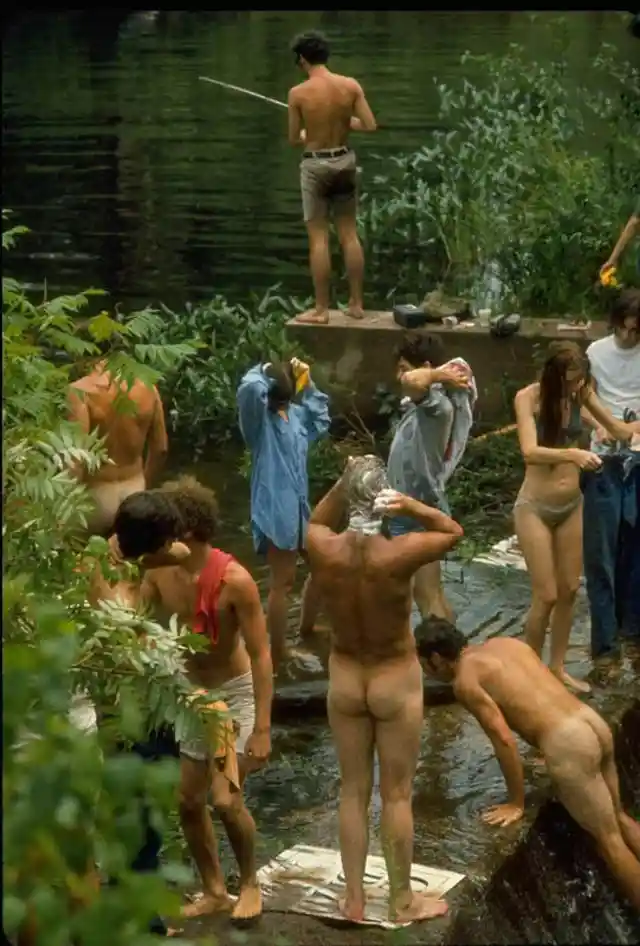
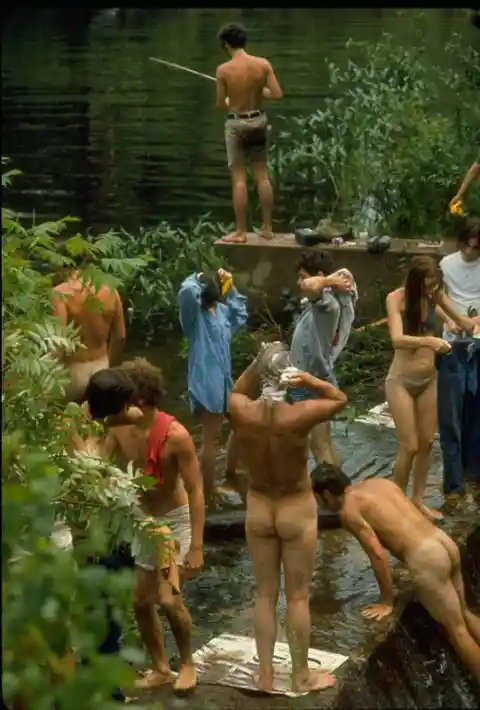
Slated to close out the festival, he didn’t hit the stage until 8:30 AM Monday morning, mostly due to massive rain delays. By the time he erupted into his now-legendary rendition of “The Star Spangled Banner,” only 30,000 which was less than 10% of the festival’s attendees remained.
Rest
Melanie Safka (remember 'I've got a brand new pair of rollerskates'?) failed to get a performer's pass and had to sing her song, Beautiful People, to the security guards to get backstage. Lucky for her, money wasn't the currency at an event like this, but more along the lines of amazing experiences good people.
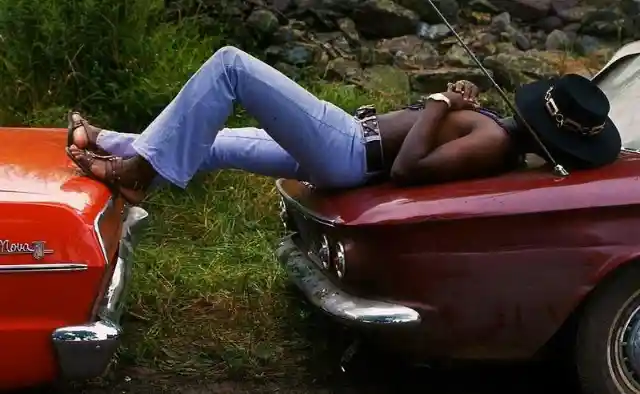
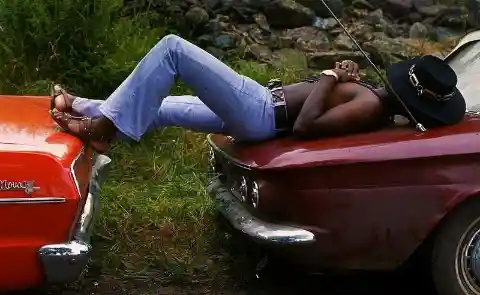
Anyways, she would go on to perform at Woodstock for $750, the same amount that Santana would receive.
Jeff Beck Group
The Jeff Beck Group who featured Jeff Beck, Rod Stewart, Ronnie Wood and Aynsley Dunbar broke up only weeks before the festival which they were scheduled to play.
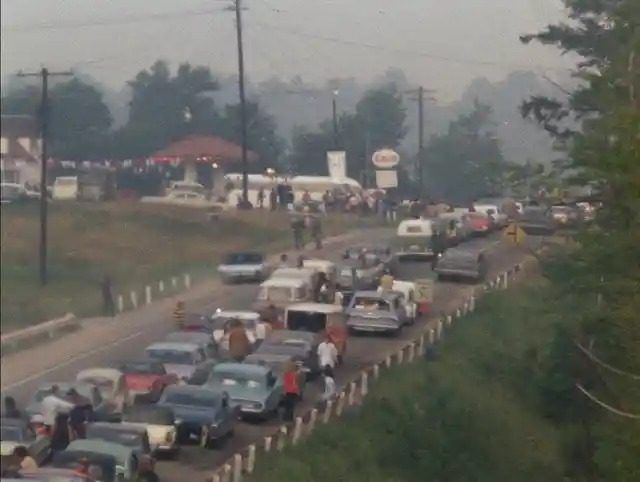
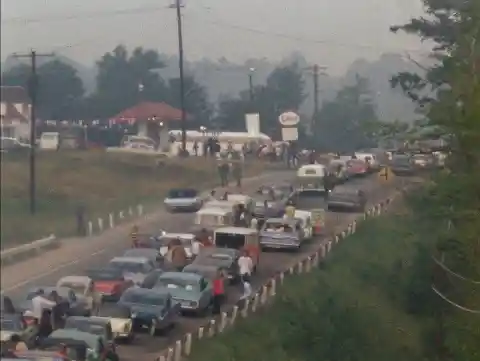
This would be the opening Melanie needed to be able to perform at the show, a rare experience she never expected to be legendary in its own right.
The Press
Joni Mitchell wrote the festival's eponymous song, with the lyrics 'We are stardust we are golden', from what she heard of the event from then-boyfriend Graham Nash, ex-Hollies and one quarter of Crosby, Stills, Nash & Young. But she never made it to Woodstock.
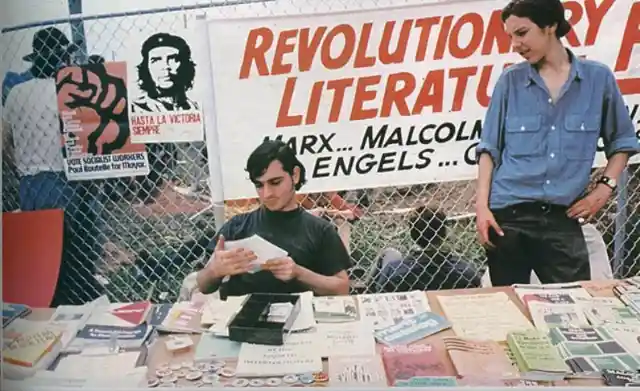
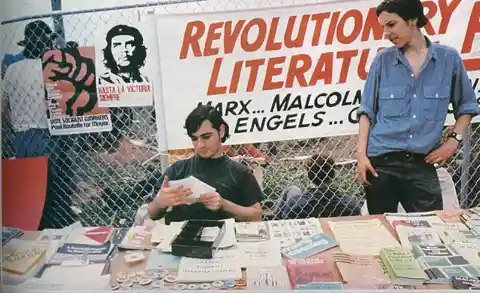
Taking the advice of her manager, she chose to guest on the Dick Cavett Show and then watched the festival unfold on TV, tears streaming down her face.
No Merchandise Whatsoever
There was no official Woodstock merchandise sold at the Woodstock festival.
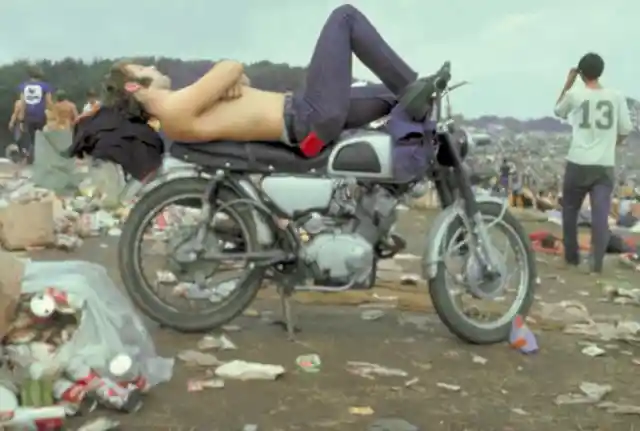
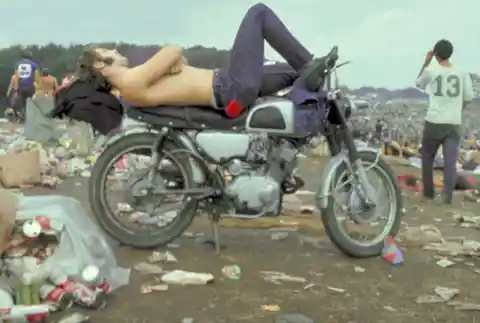
It’s hard to comprehend such an event today without t-shirts, hoodies, coozies, and a thousand other logo items for sale at every turn, but the only official souvenir of the festival was the 8-1/2 x 11 festival program, which went largely undistributed, many of them being thrown away still in their boxes after the festival.
People Gone Crazy
Any decent flower child worth their name was there to protest against the Vietnam war abroad and racial tension at home. They were all brought together under one common value in making love, not war.
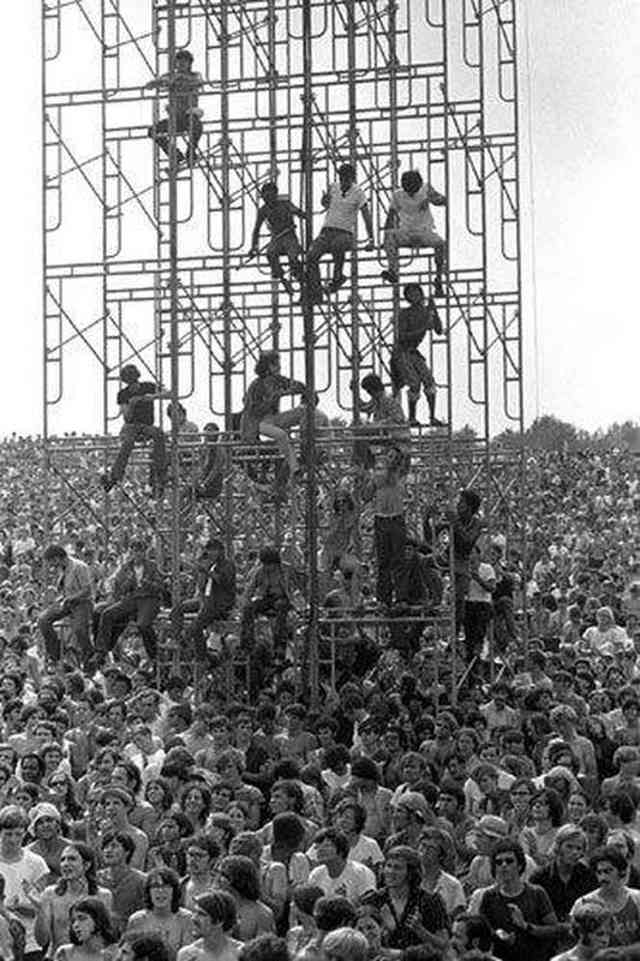
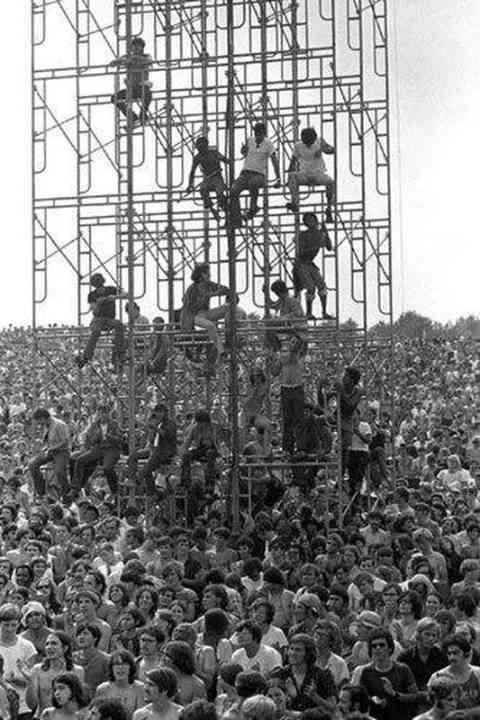
Today's society should be taking notes on how to protest peacefully like the people who attended Woodstock. The fact of the matter is that riots don't solve anything and that peaceful protests send the right message.
The 32 Act Week
The 32 Act Week
32 acts performed outdoors throughout a rainy weekend. During the downpour, there were fears some artists would get electrocuted in the thunderstorms. Alvin Lee, of Ten Years After, was warned of the risk as it was still raining when his turn came to take the stage.
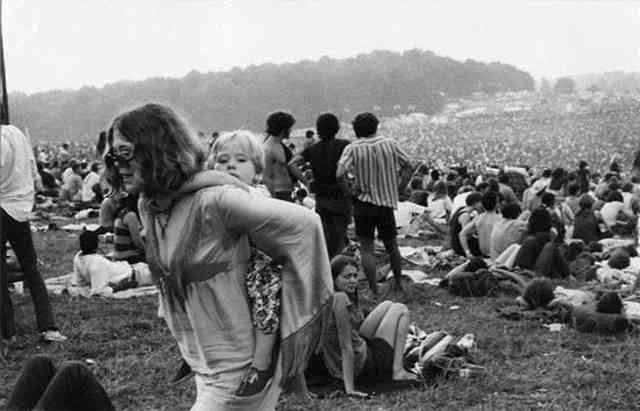
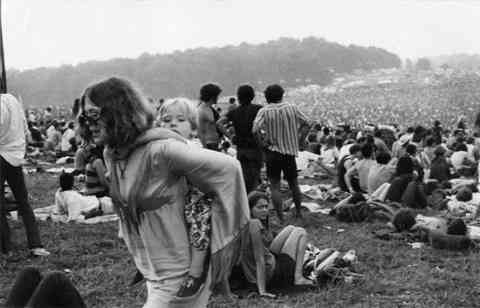
'Oh come on, if I get electrocuted at Woodstock we'll sell lots of records,' he said. They all recognized that this was too big of an event and all-too meaningful to pass up the opportunity. Some things are just too important to even consider regretting for the rest of your life.
So Many Roads
Traffic was so backed up by festival-goers trying to make their way to Woodstock, that they would even take naps in their cars because they knew how long it would take before traffic would move again. People grew tired of waiting in traffic, so they found new routes that weren't there in the first place.
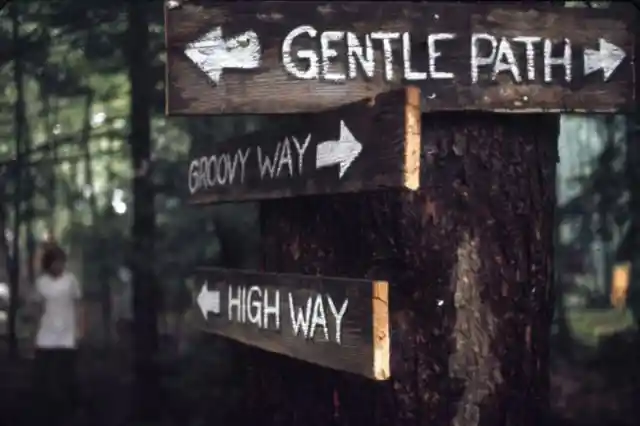
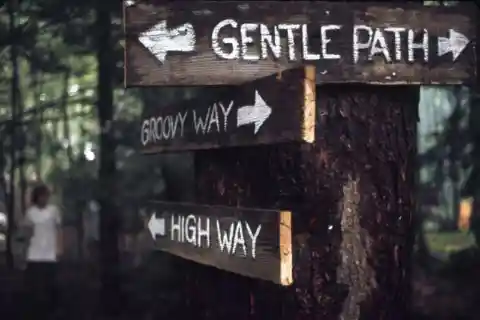
They cut through brush in the woods to make new roads that would ease the traffic heading into the makeshift parking lot.
400,000 Participants
400,000 people attended the 3-day festival. For a such narrowed audience, a number of participants is mind-boggling.
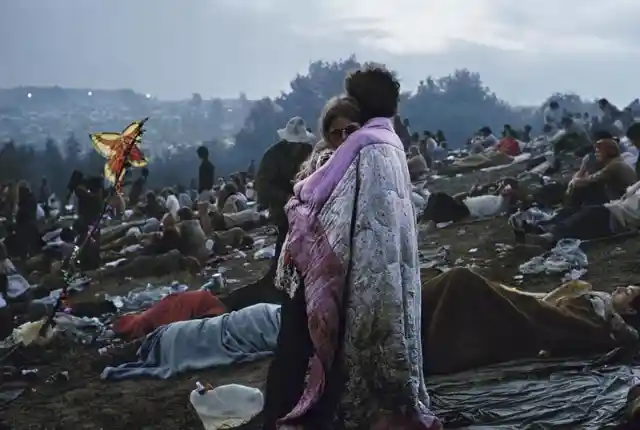
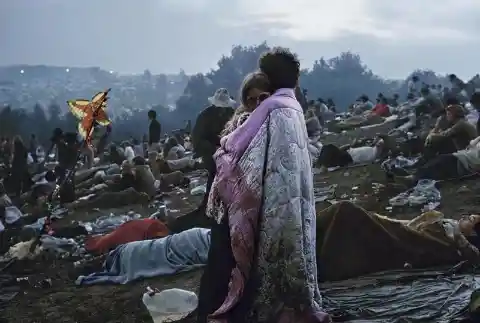
Everyone who attended was of the liberal, fun-loving variety that created the image of Woodstock that we all find historically appealing today. In war-times it's incredible to see so many people come together, not out of passion for country, but instead out of passion for peace and love.
Amateurs and Professionals Alike
The performance of The Star-Spangled Banner by Jimi Hendrix that closed Woodstock was described by the rock critic from the New York Post as 'the single greatest moment of the Sixties'. Yet it was witnessed by just a fraction of the crowd.
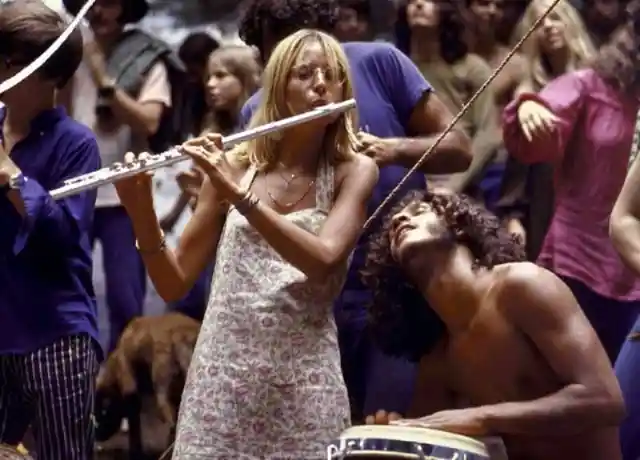
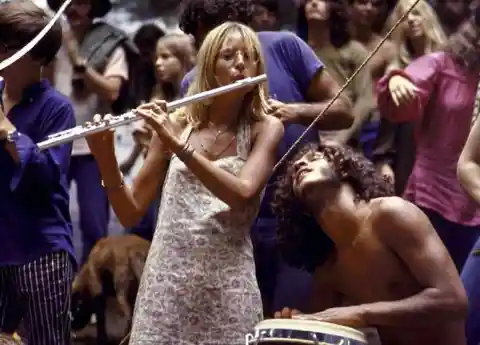
Most had gone home by the time Hendrix came on stage, at 9am on a Monday morning.
Peace Brother
There were no reported incidents of violence despite the $50,000 worth of damage that had been done to Yasgur's farm property. It's almost ridiculous to hear of an event with that many people where there wasn't even one reported incident of aggression.
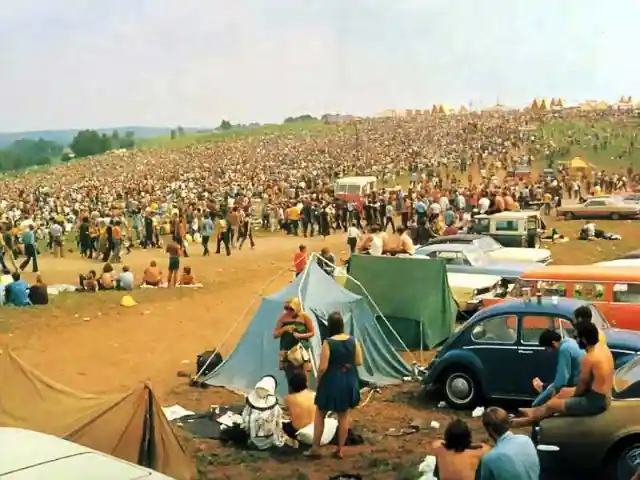
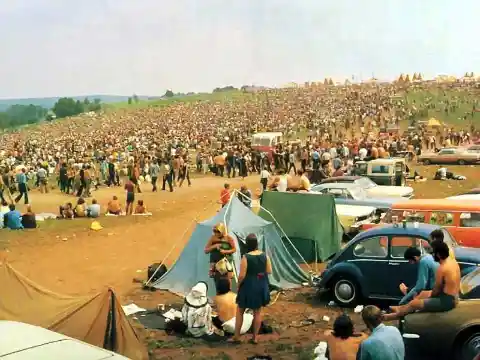
If there ever was, it must've been worked out amongst the thousands of peace-loving people in attendance.
The Wait
British artists were represented by Ten Years After, The Who, The Incredible String Band, the Keef Hartley Band, Graham Nash and Mitch Mitchell, the drummer in Jimi Hendrix's band. So, Woodstock wasn't just an American historical event, but as rock n' roll history shows us, it was another point where U.K.
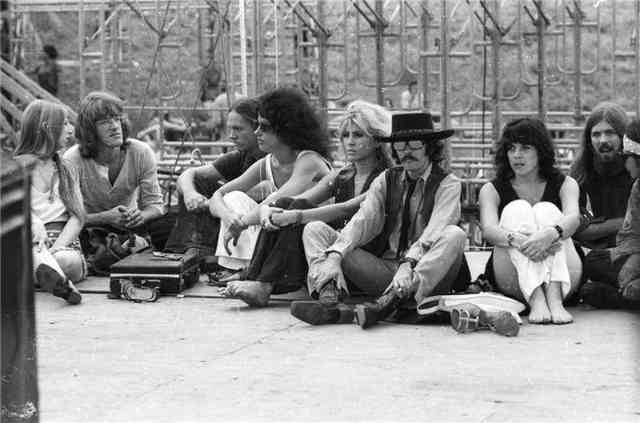
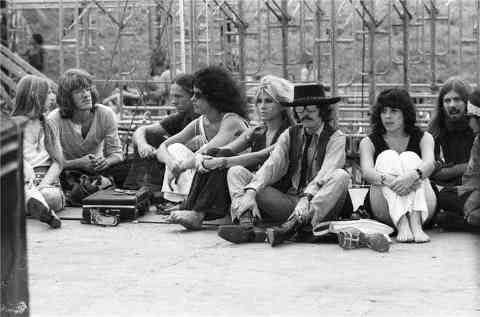
influence made it's way into American music.
Oscar
"Woodstock" won the Best Documentary Oscar in 1970. The film captures the three-day festival over three immersive hours (a 1994 re-release pushed it to close to four), often employing split-screen to accommodate spectacles both onstage (blistering sets by Hendrix, the Who, and Richie Havens) and off (traffic jams, overtaxed Port-a-Potties, and open-air sex).
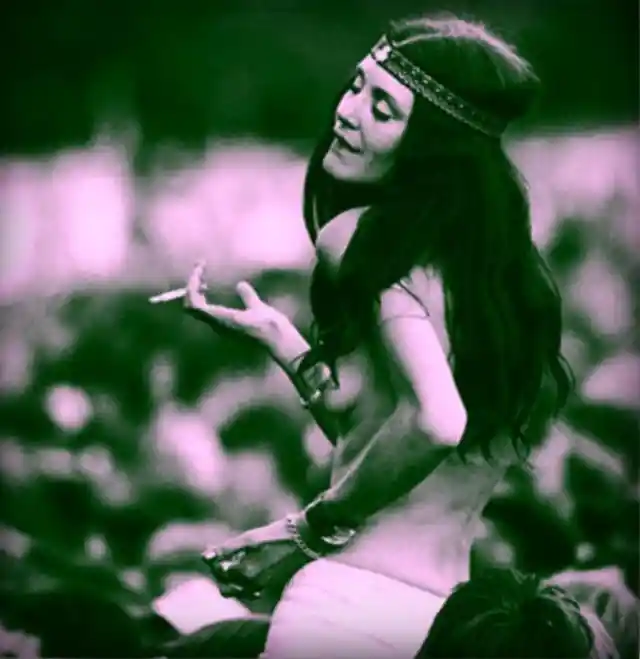
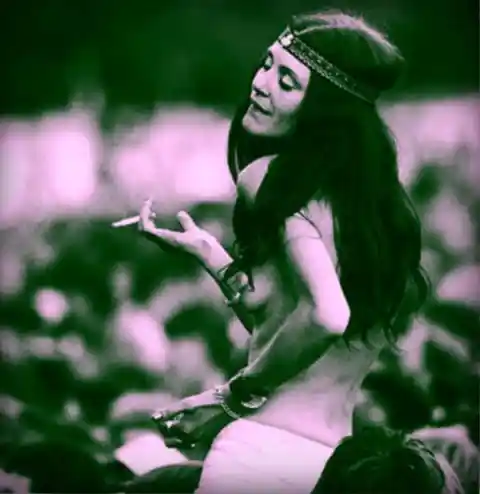
An Oscar winner and box-office smash in 1970, Woodstock also launched the still thriving collaboration between co-director Martin Scorsese and editor Thelma Schoonmaker.
Colorful Crowd
With the festival start-time running over an hour late, there was panic to find a performer ready. Tim Hardin, (who later died of a heroin overdose), was too stoned, so Richie Havens went on.
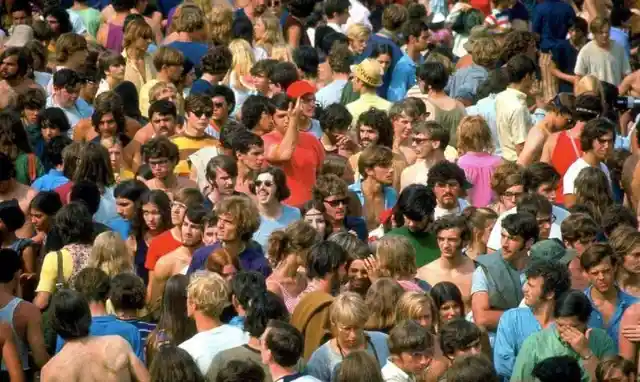
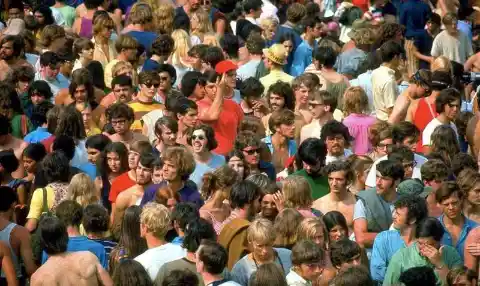
When Havens finished his set he kept trying to leave but was told to do more encores as the next band was not ready. His song Freedom was improvised and became a worldwide hit.
Yasgur
A deal was struck for $75,000 with the dairy farmer Max Yasgur. Max Yasgur lives in a pleasant white wooden house on the crest of a long sloping lawn overlooking Route 17B. Behind his house is a house for some farmhands.
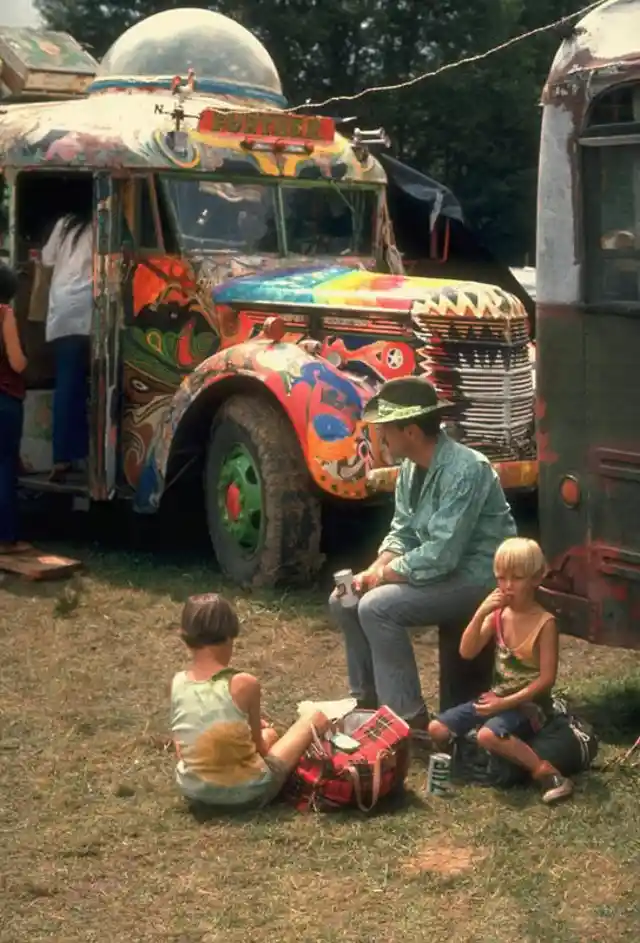
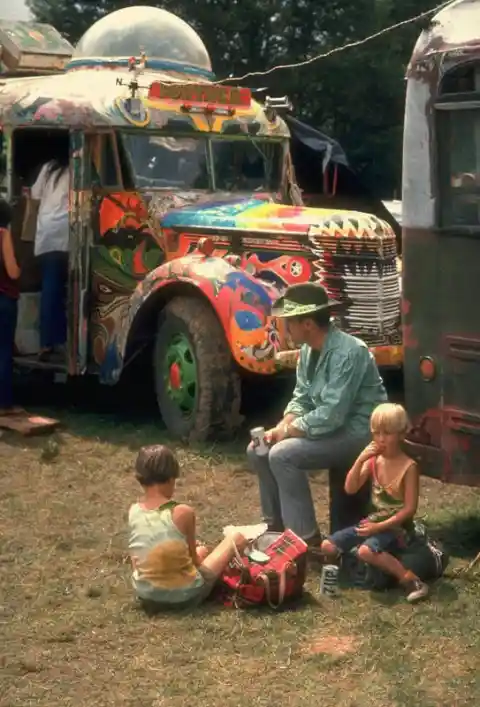
His act of kindness would set the bar pretty high for the hordes of festival-goers, a goal everyone would be more than willing to have a hand in. Yasgur would be paid $10,000 for his contribution, but he would have damages of roughly $50,000 to his property that almost put his farm out of business.
Good Wine is a Must
The revolving stage was designed to minimise wait-times, turning when one act finished with the equipment in place for the next one. But it could not support the weight of so many people on the side of the stage watching the performances, and the wheels fell off.
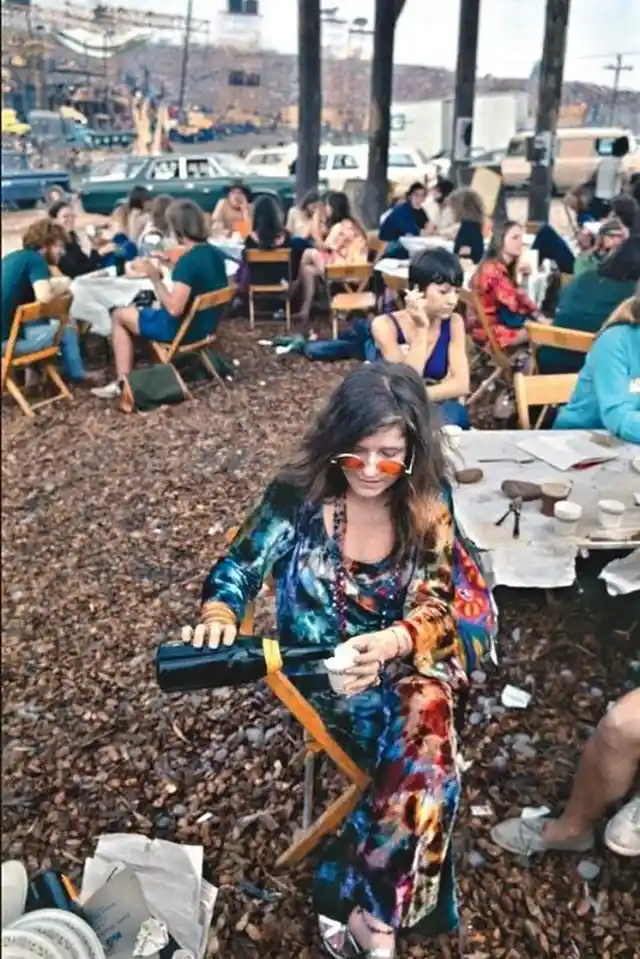
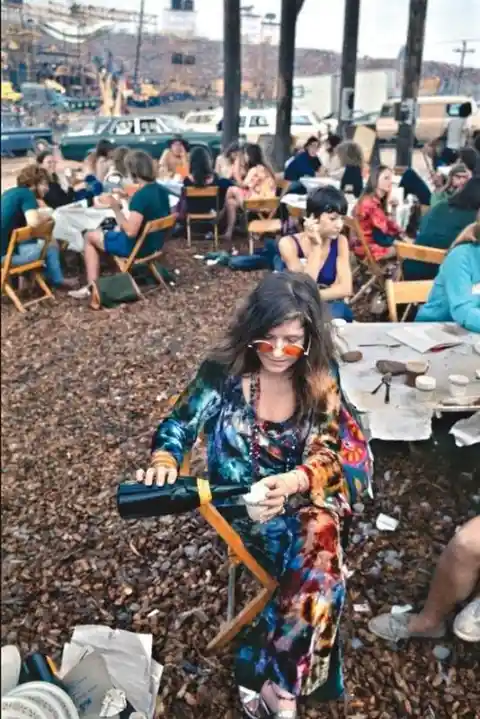
"Grace Slick and Janis Joplin and everybody was standing on it and you can't just sweep them off with a broom,' explained one of the crew.
British Stars
British artists included Ten Years After, The Who, The Incredible String Band, and the Keef Hartley Band.
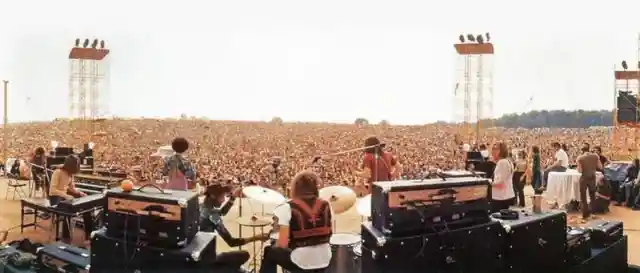
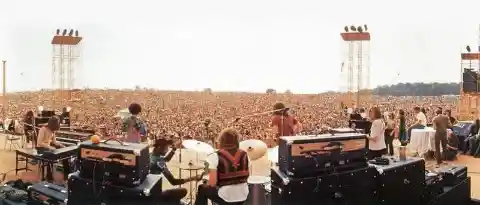
British influence has always been a major part of American Rock N' Roll history as some of the best musicians have crossed the pond to the larger audience in the states.
A Glimpse of the US
At this point in time, the Vietnam War was a major concern for many Americans as they protested the reason that fellow Americans would be shipped off to a foreign land all the way around the world.
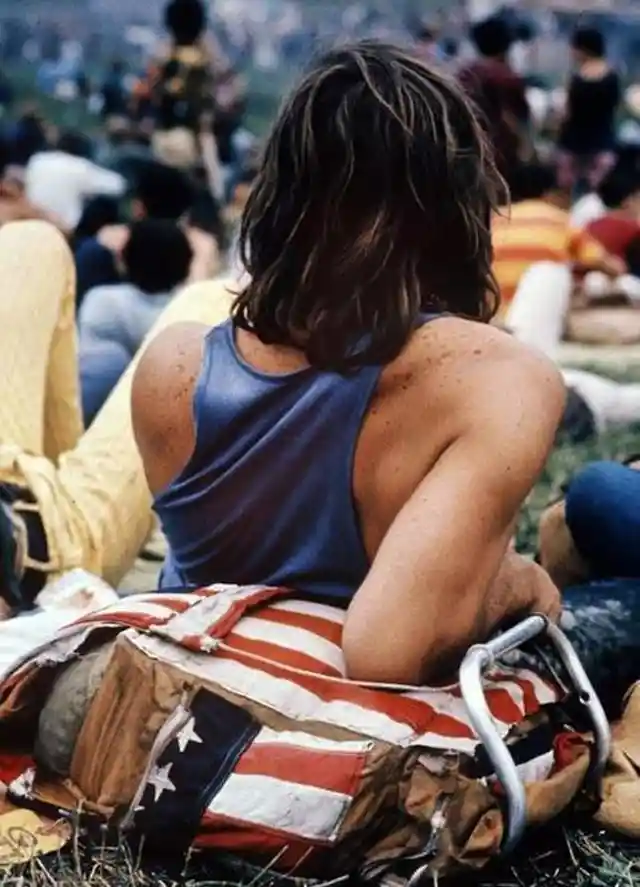
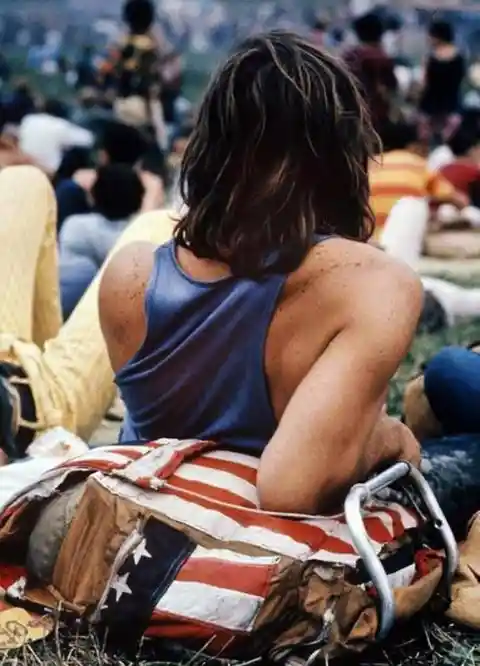
They didn't all necessarily care to understand the importance of stopping the spread of communism following the Cold War, but they stood for something in protest as peacefully as possible.
Imagine
John Lennon wanted to be a part of Woodstock, but he was in Canada and the U.S. government had refused him an entry visa.
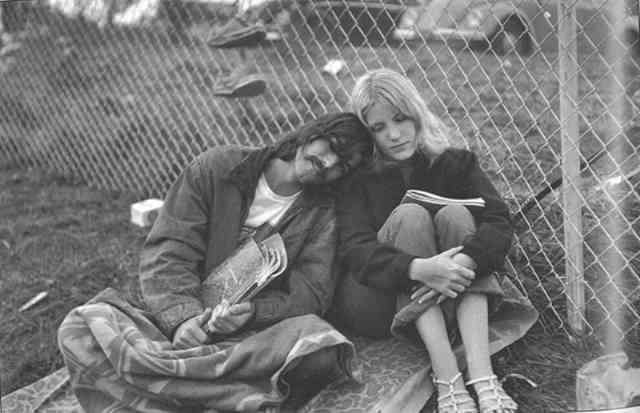
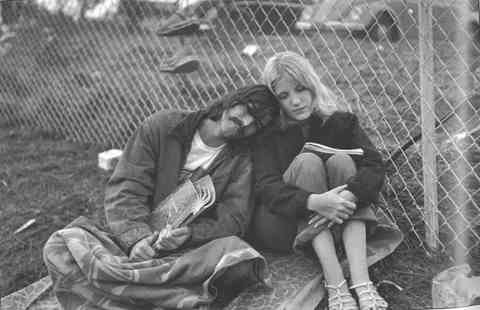
Otherwise, he very well may have been the highest paid musician at Woodstok outside of Jimi Hendrix. Could you imagine how much more historic that festival would've been if we all grew up idolizing the moment Lennon took the stage?
Students Presence
The vast majority of the flower-child community was of a younger generation. They were all hopeful of peace in the world and wanted to come together to create an environment that others could model their values after.
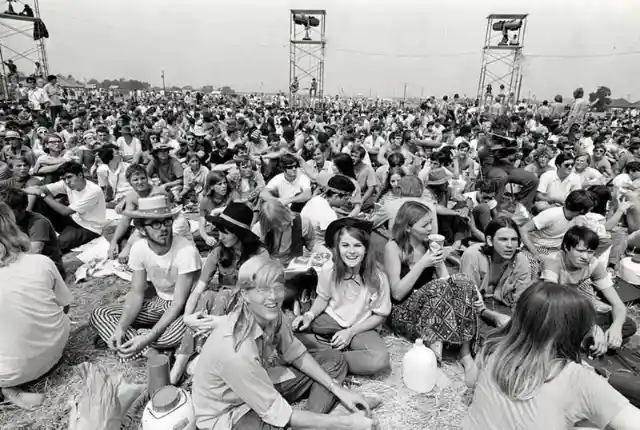
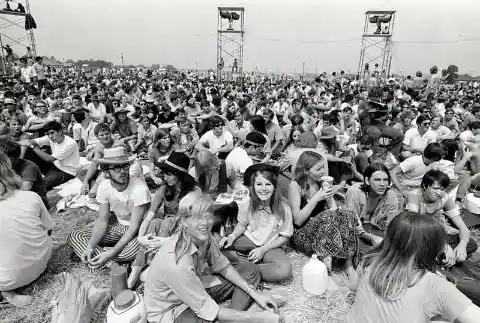
The student presence in attendance could never have known what the world was really all about, or else Woodstock may have been a big flop.
Lee and Cooper
There were ten million yards of blue jeans and striped T-shirt material at Woodstock.
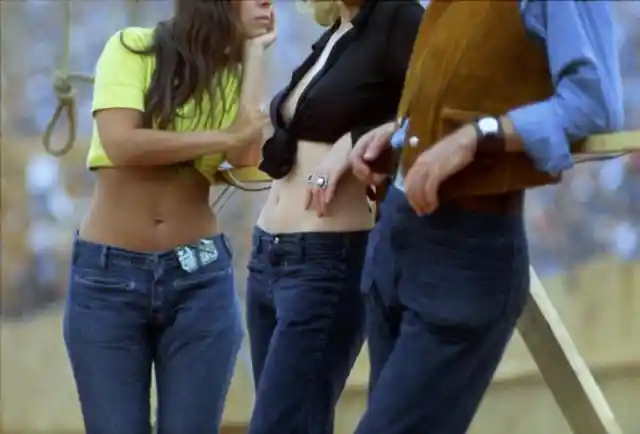
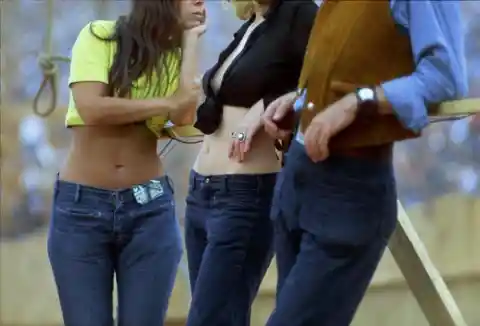
What's crazy to think is how much of which Max had to clean up after the festival, considering how many images there were of people going home naked after the festival.
The Shutdown
There have been four attempts to recreate the festival on different sites: in 1979, 1989, 1994, and the disastrous 1999 festival, which was shut down amid riots and violence.
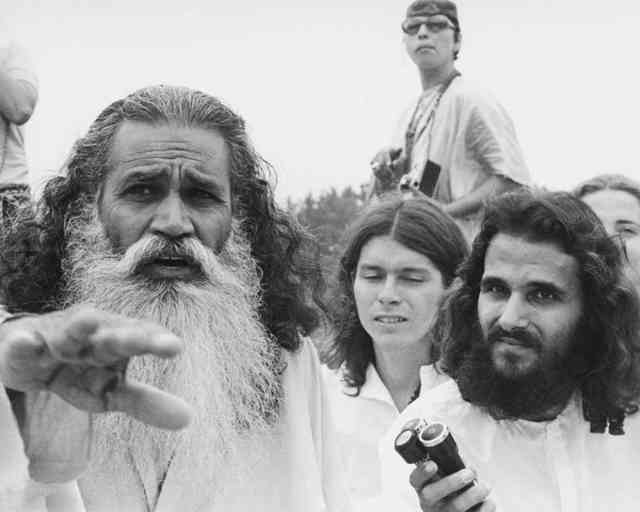
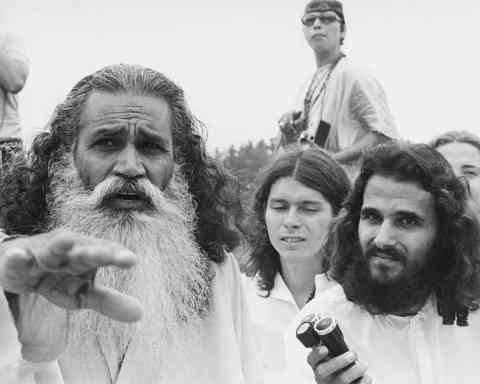
Commemorative events are taking place across America and Europe.
Bobby Dylan
Bob Dylan was not able to make the concert because one of his children was hospitalized over that weekend.
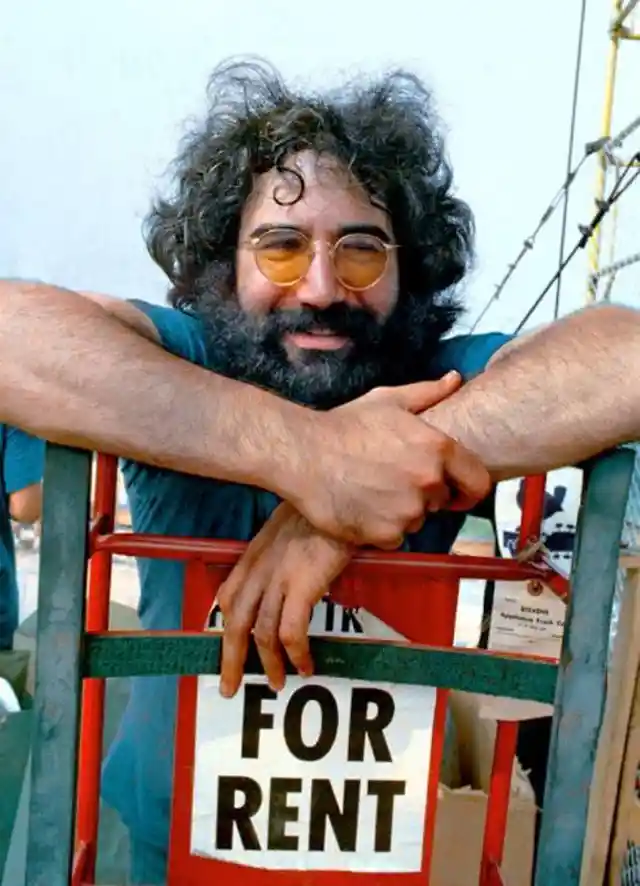
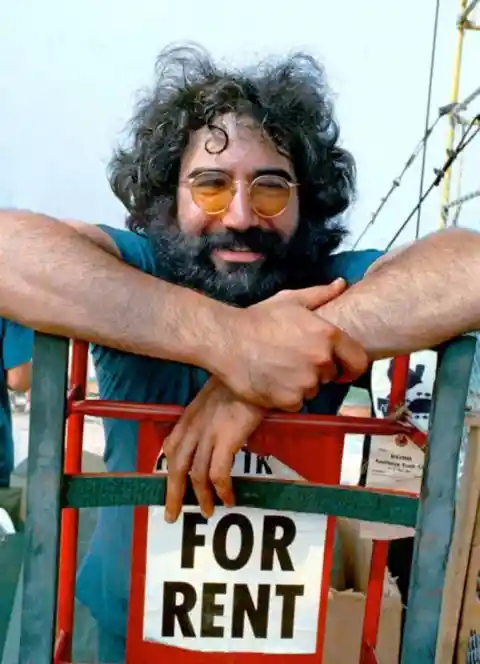
To think, just like John Lennon, the presence of a legendary artist such as Bob Dylan would've made this already iconic event that much more important.
Food Crisis
Upon finding out there was a shortage of food, a Jewish community center made sandwiches with 200 loaves of bread, 40 pounds of meat cuts and two gallons of pickles.
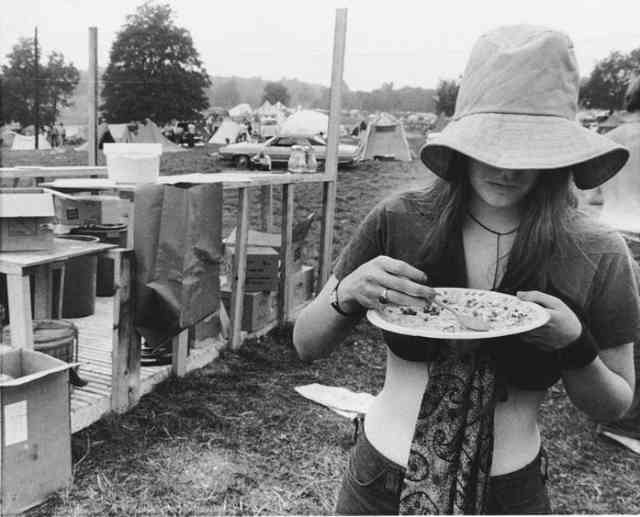
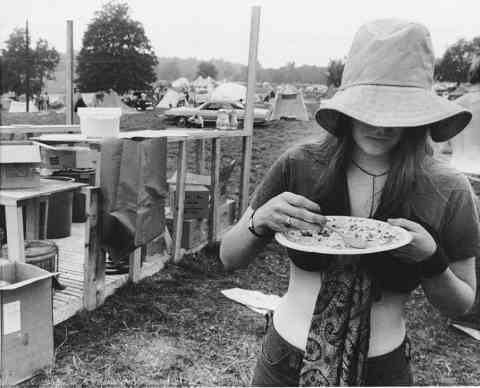
This was just another amazing act of kindness that seemed to surround the peace and love type of event.
Lack of Services
As one could imagine considering there weren't any merchandise sales at Woodstock, there wasn't any food services or bathroom services either.
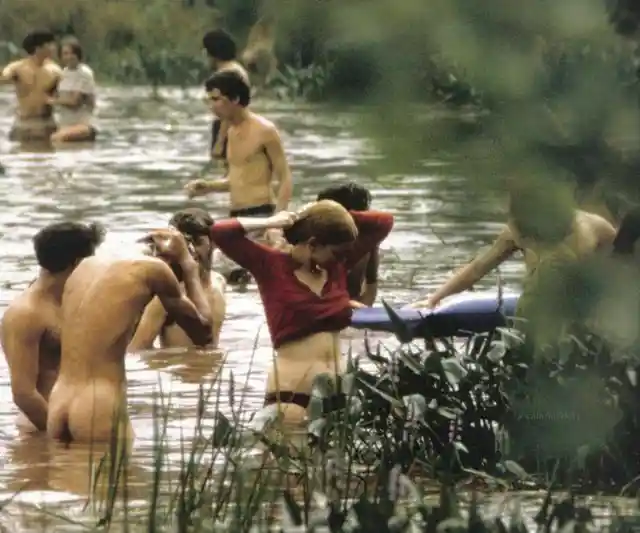
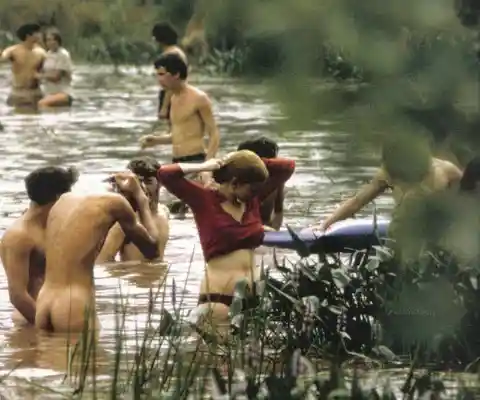
This wasn't a well coordinated event outside of the performers that came from all over to contribute on such an iconic occassion.
Weed
Nine out of ten festival-goers smoked marijuana. It's crazy to think how the conservative public viewed hippies at the time of Woodstock in regard to their use of cannabis.
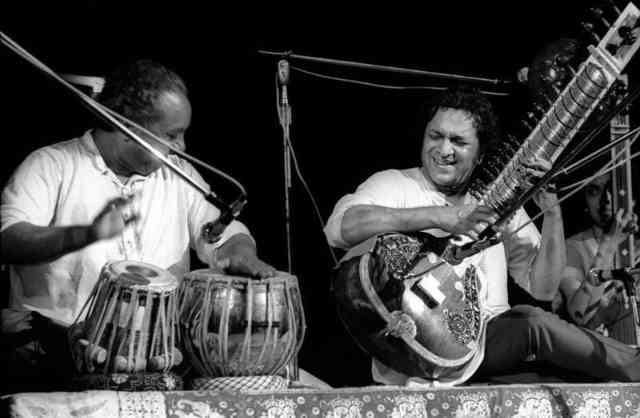
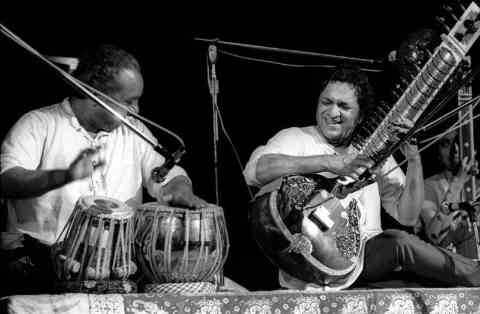
If only they knew what the Cannabis industry would grow into and how mild that stuff was back then.
Drugs, drugs everywhere!!!
33 festival-goers were arrested on drugs charges. Can you believe that there were no arrests for violence and only for drug possession?
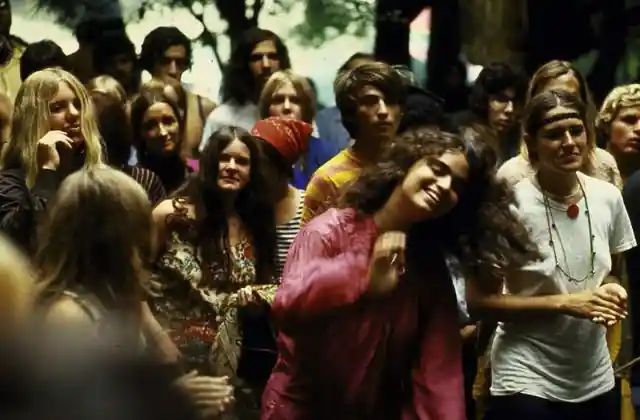
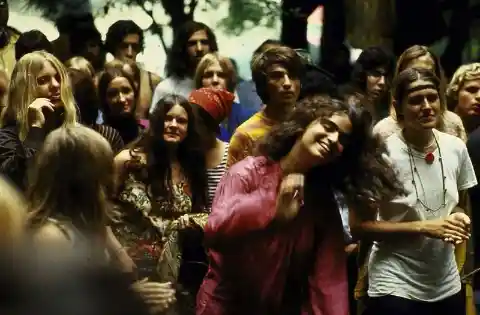
That's definitely not the first thing that comes to mind when you think of Woodstock...not the drugs part obviously, but the police part. It's surprisingly not the first thing that comes to mind that there would be police at Woodstock because it was so infamously populated by drug use and psychedelics.
And so it begun!
Though the festival mood was anti-war, ironically the festival would most likely have turned to tragedy without the U.S. Army, who airlifted in food, medical teams and performers.
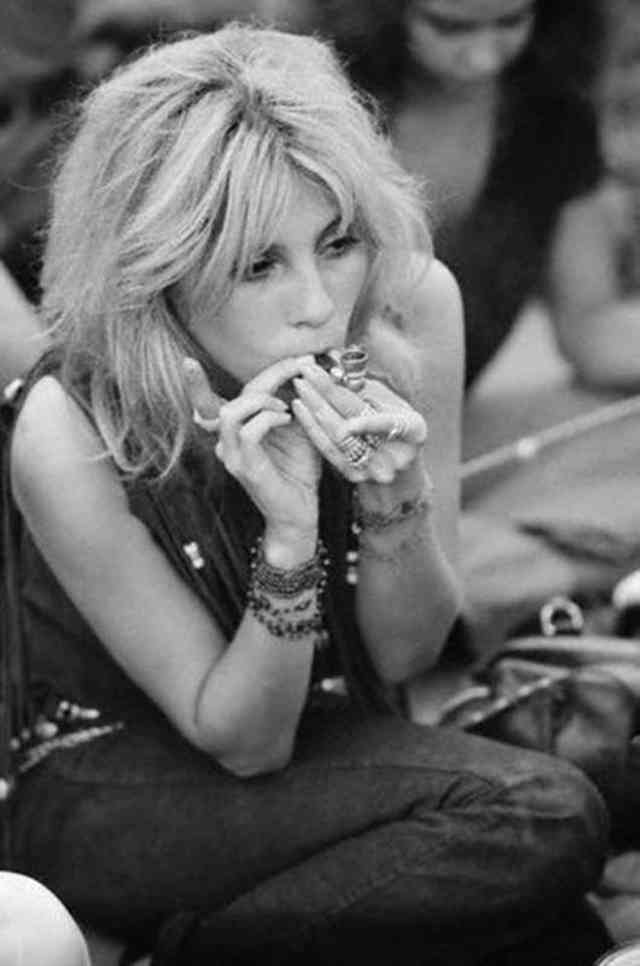
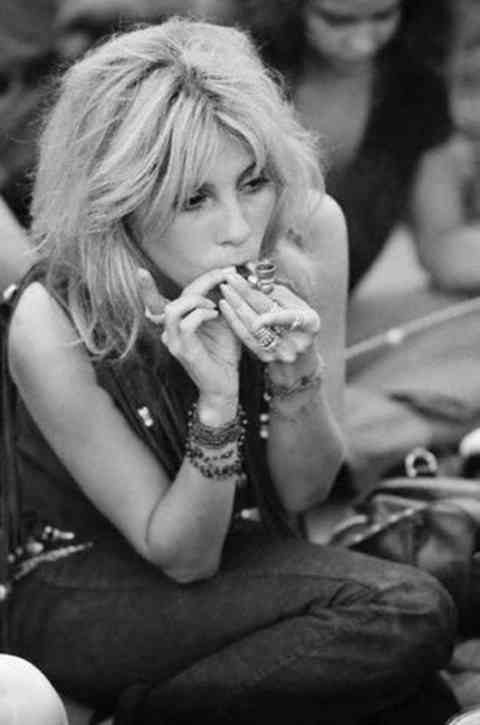
The hippy crowd was told: 'They are with us man, they are not against us. Forty five doctors or more are here without pay because they dig what this is into.
Financial Debt
Woodstock Ventures were $1.3m in debt after the festival.
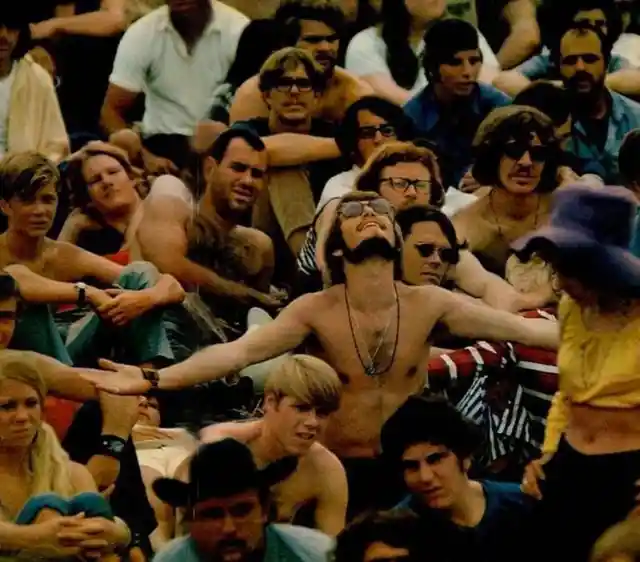
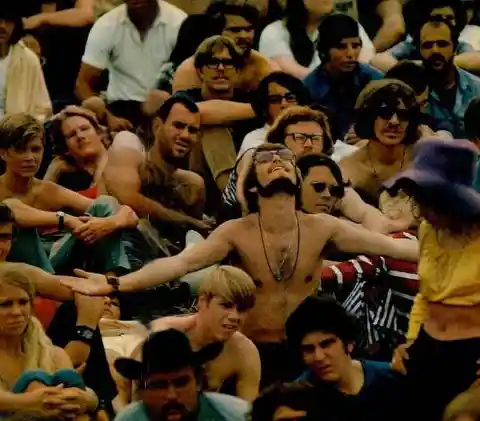
They had a lot to pay for considering they paid for the damages to Yasgur's property, and they paid a little over $140,000 for the talent that came to perform for the hundreds of thousands of people that were in attendance.
Helping Hand
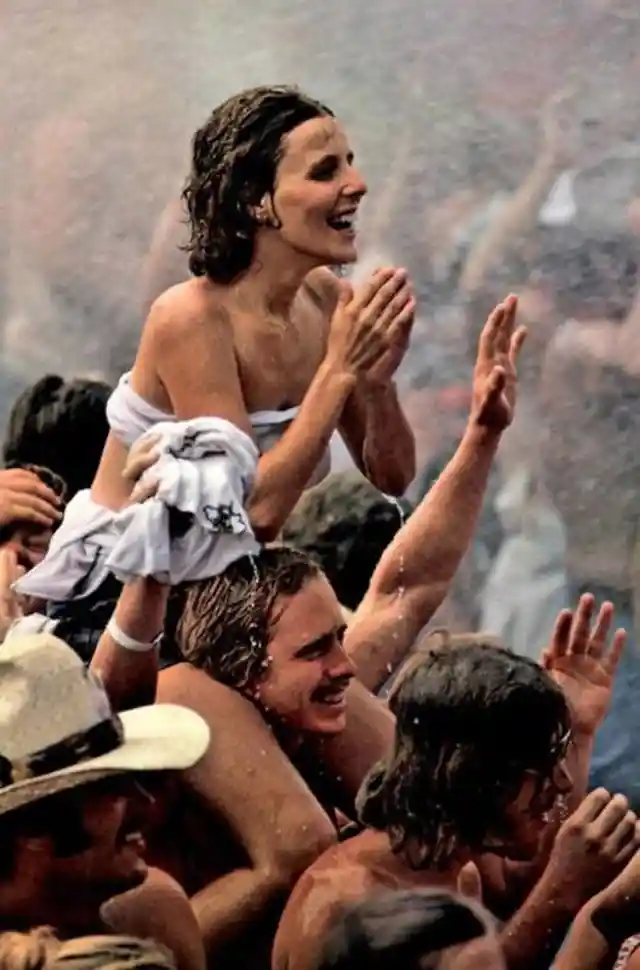
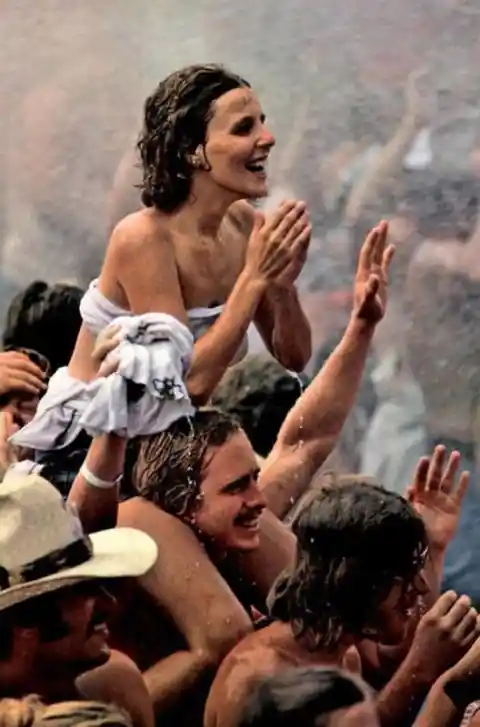
Rain was technically helping the crowd due to the fact that they were immersed and needed to stay hydrated.
A Record Rolls
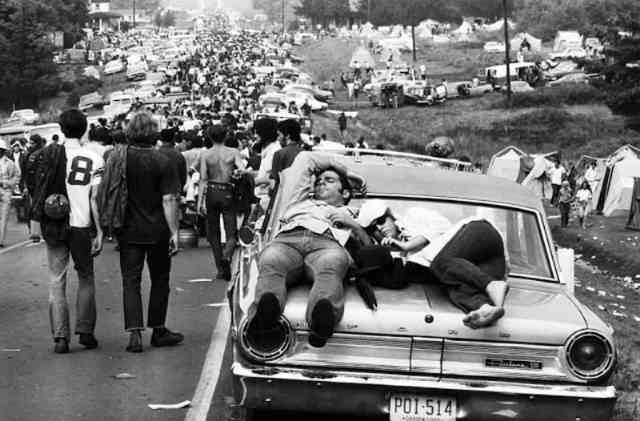
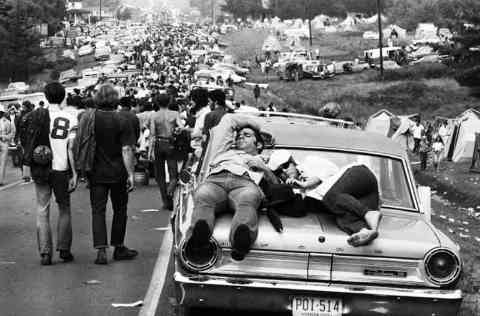
It took a decade to recoup money from the festival via audio and recording rights.
Circle of the unknown
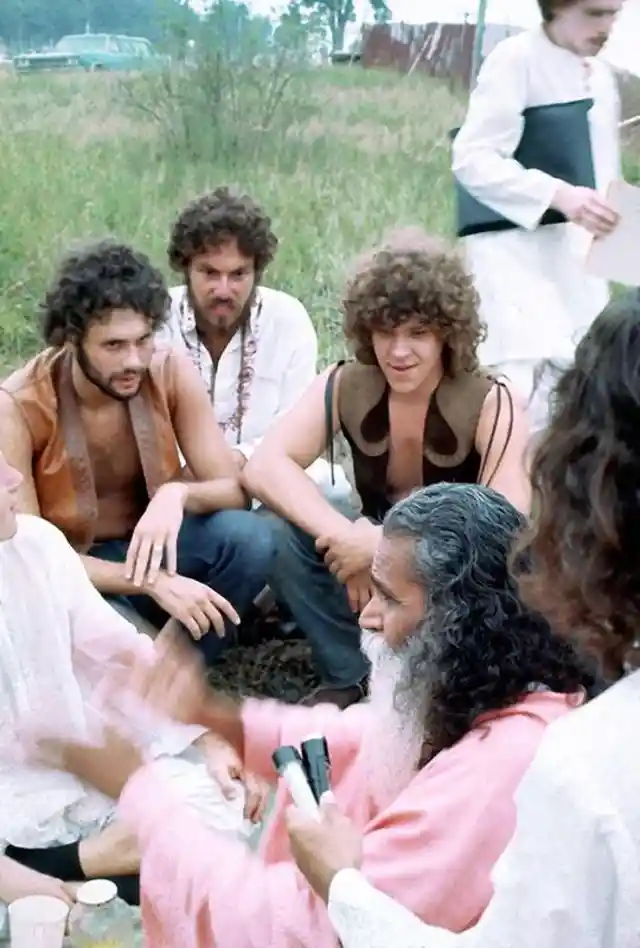
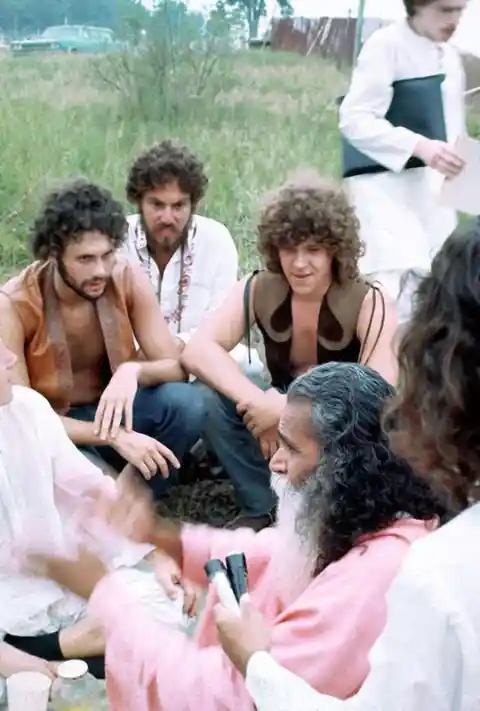
Prior going to the scene, people gathered in circles just to meet each other.
Accidents
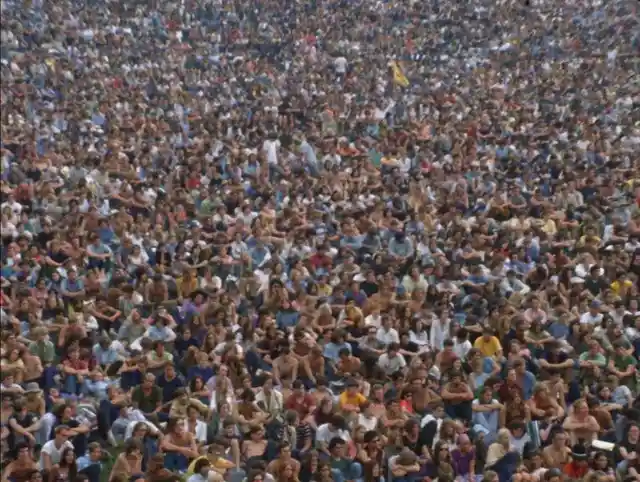
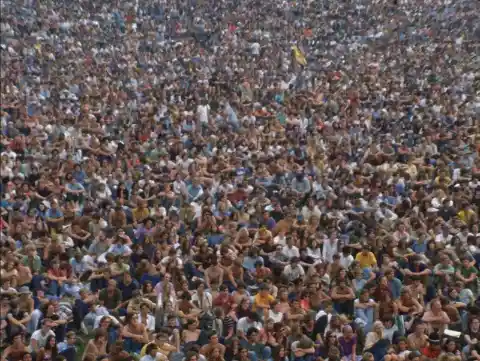
Eight women suffered miscarriages.
Accidents pt.2
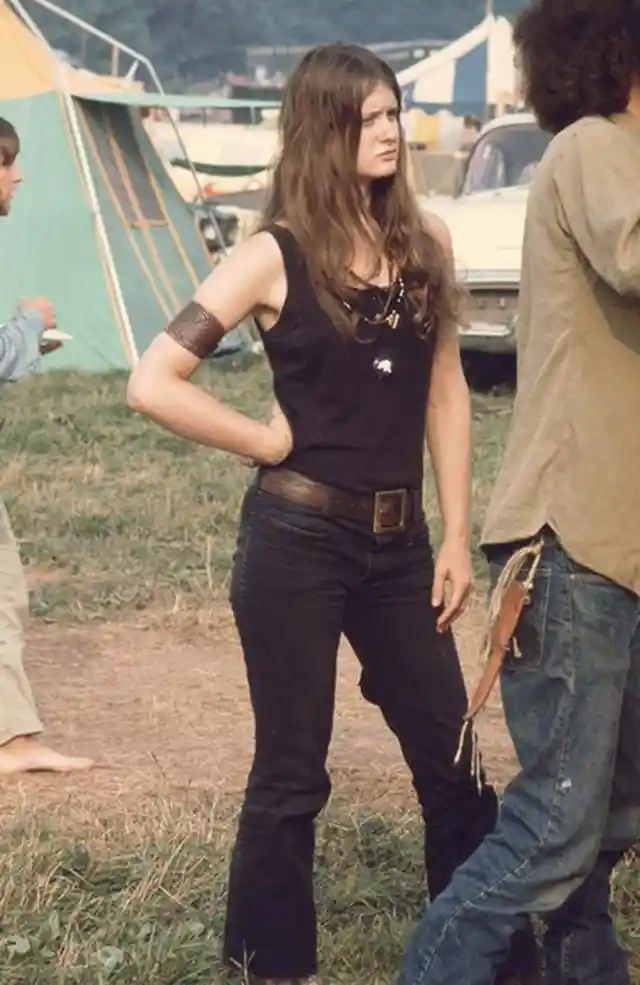
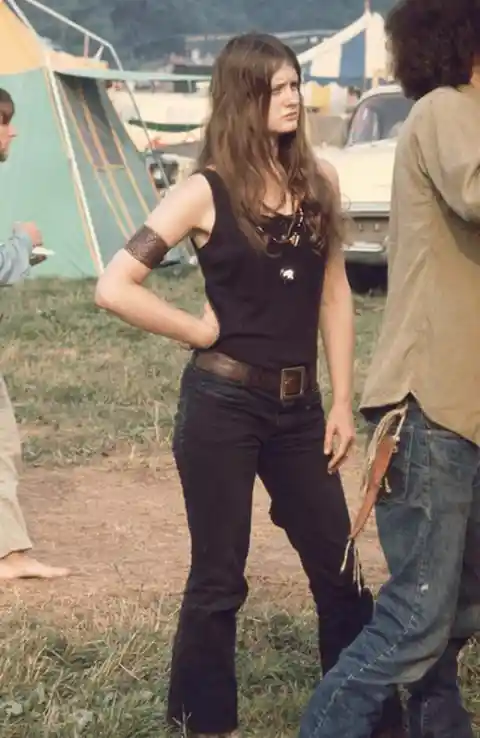
By the end of the concert, people were actually living thanks to sun and rain.
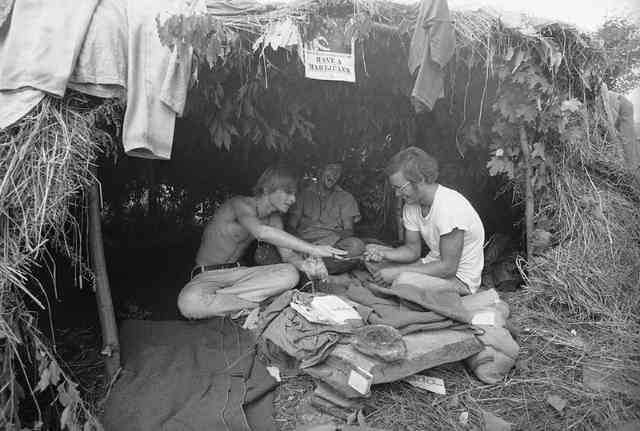
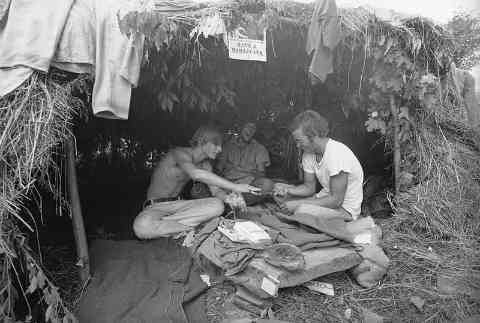
There were fears some artists would get electrocuted at times during the rain.
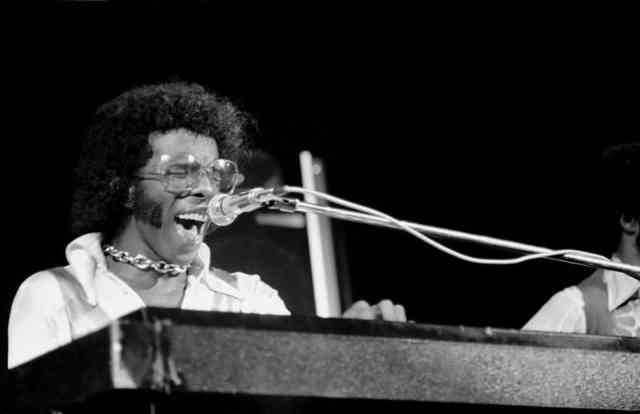
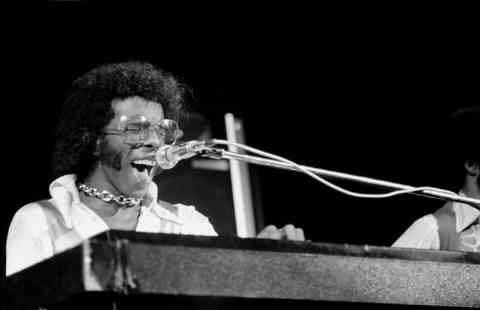
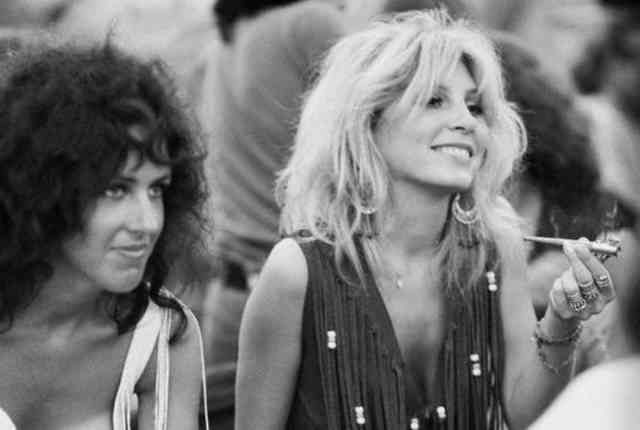
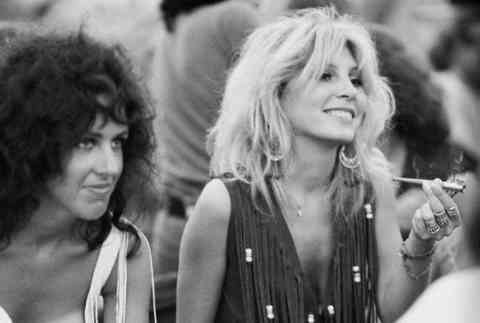
Hendrix and his new band, Gypsy Sun and Rainbows performed a two-hour set.
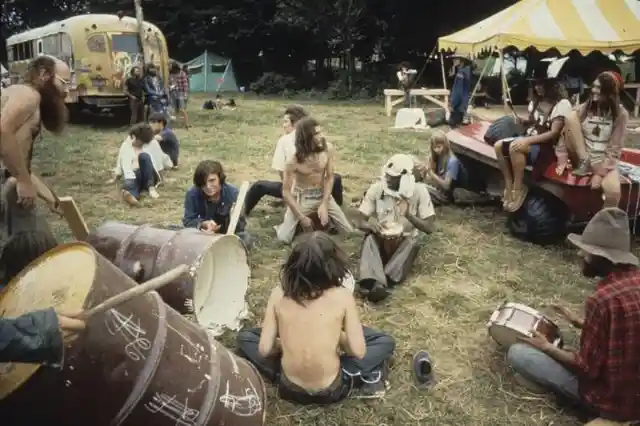
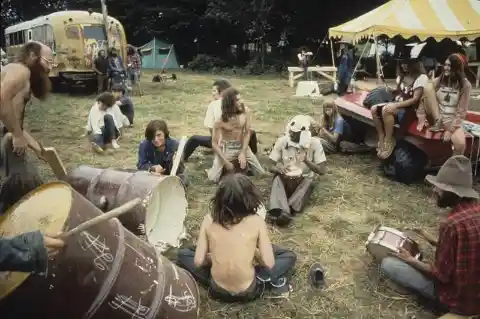
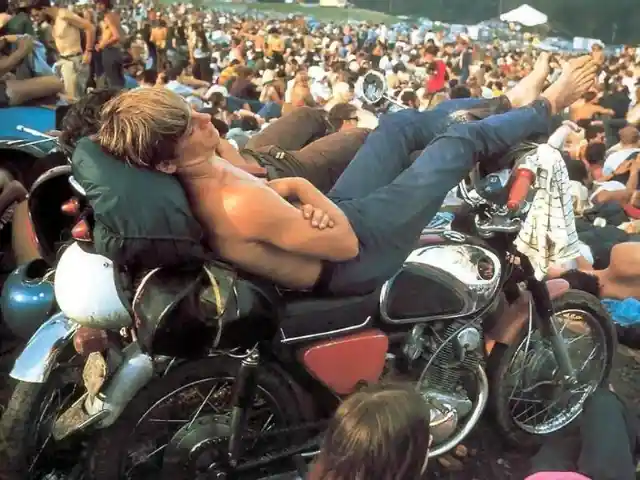
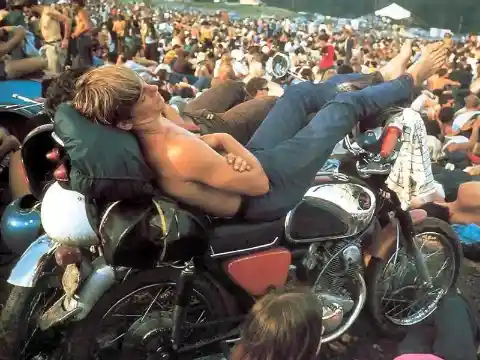
Bill Hanley was the sound engineer for the festival.
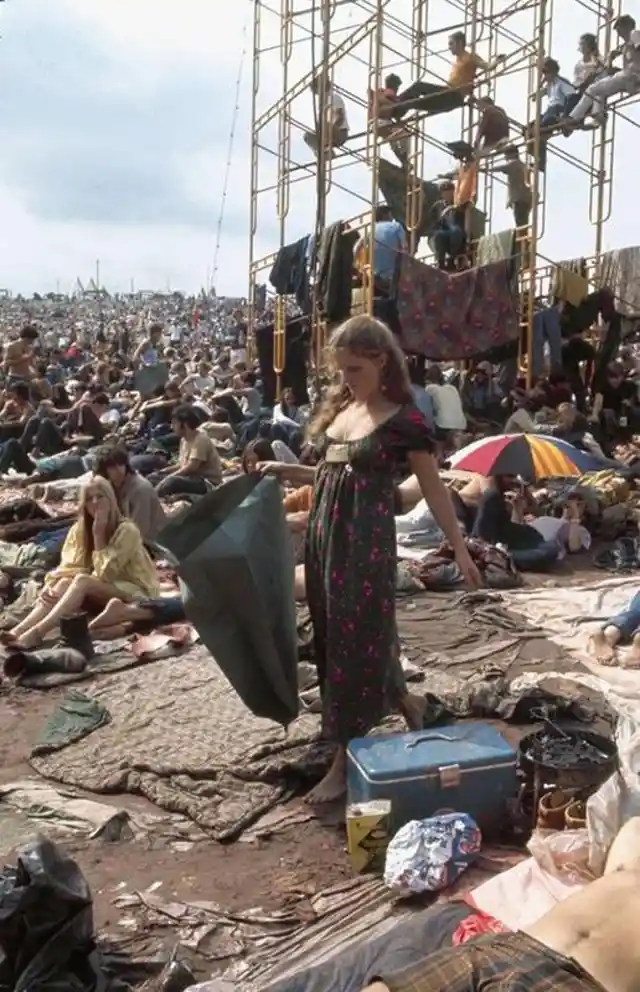
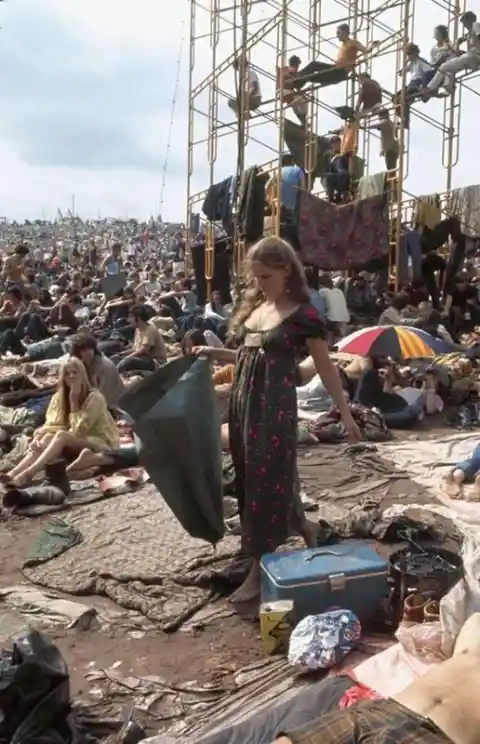
There were two recorded fatalities.
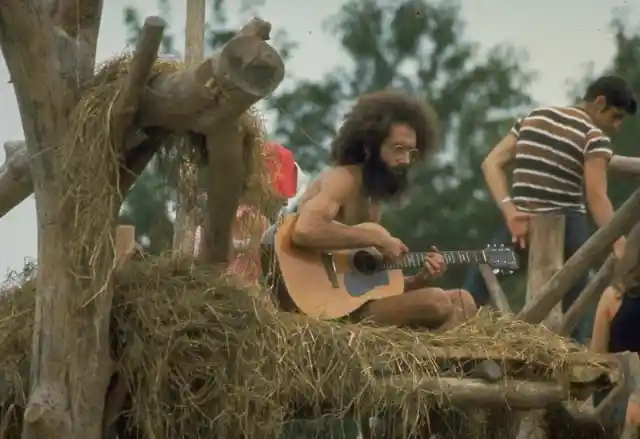
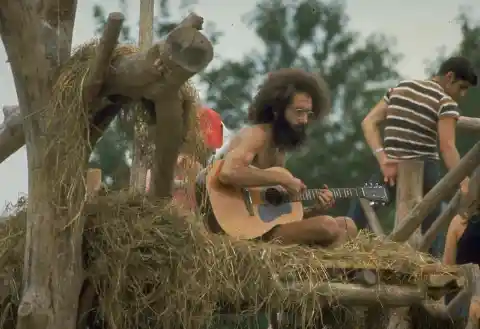
One from a possible heroin overdose and another from an accident when a tractor ran over an attendee sleeping in a nearby hayfield.
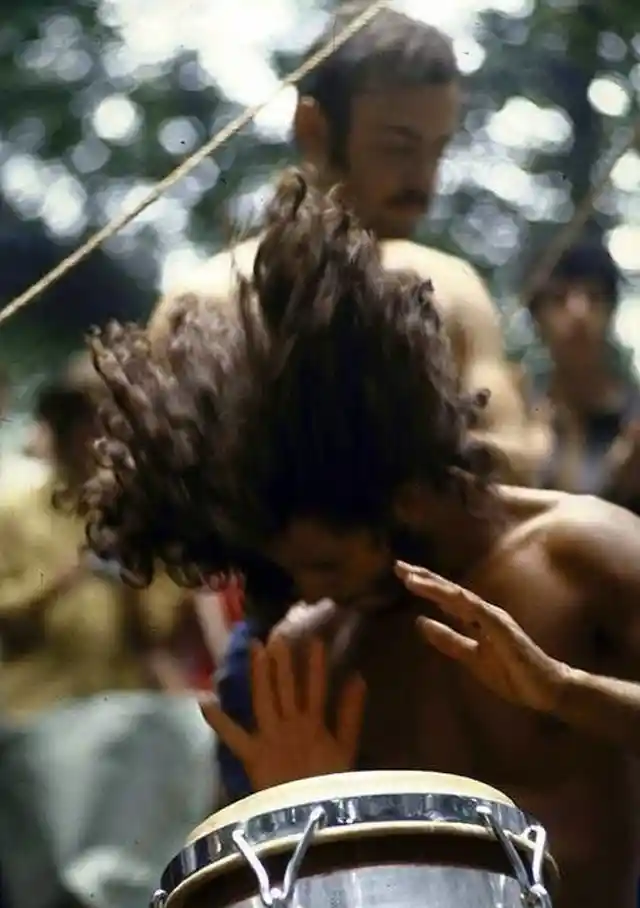
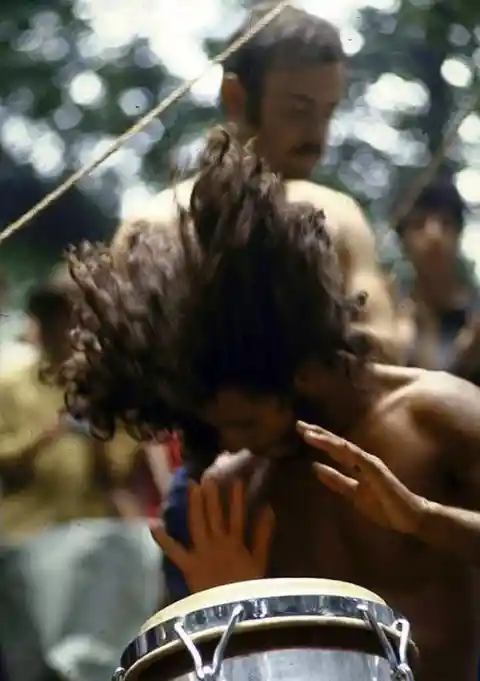
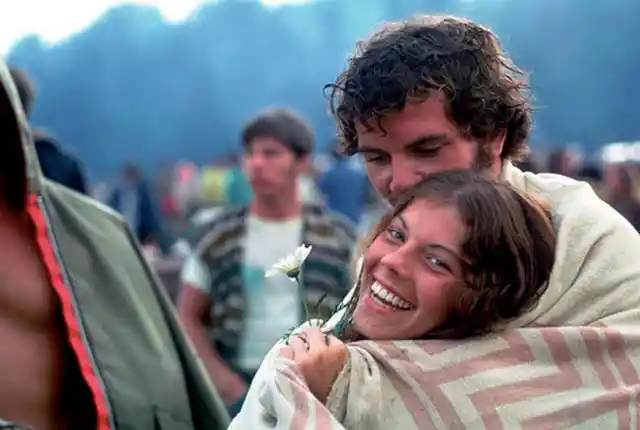
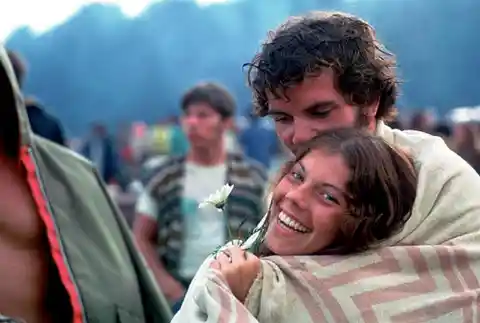
Woodstock was organized by Michael Lang, John Roberts, Joel Rosenman, and Artie Kornfeld.
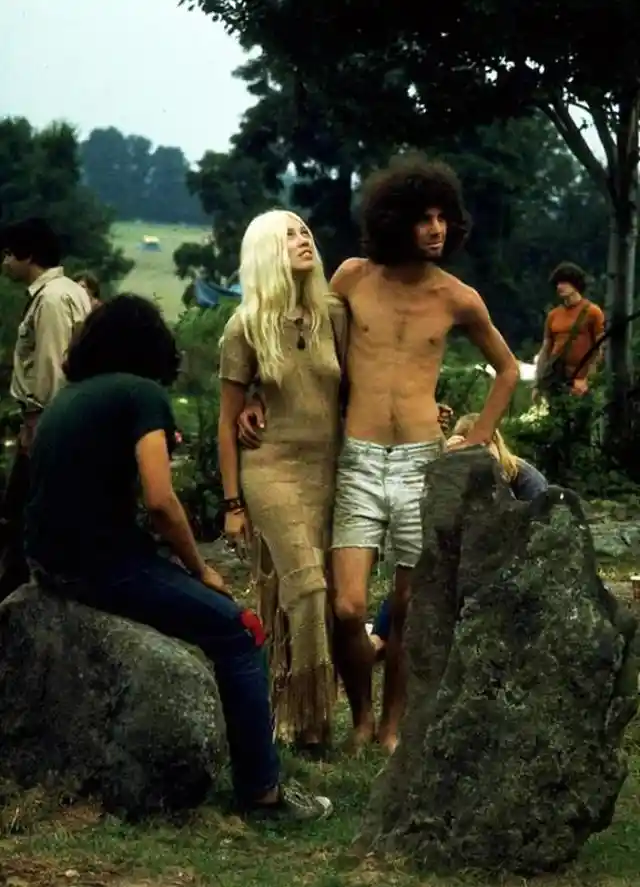
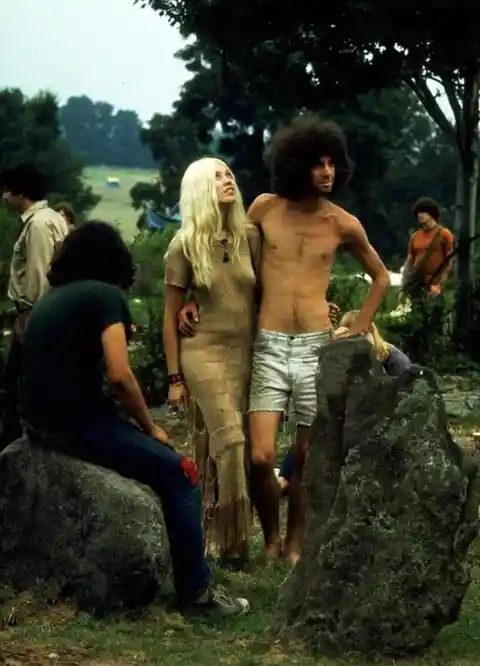
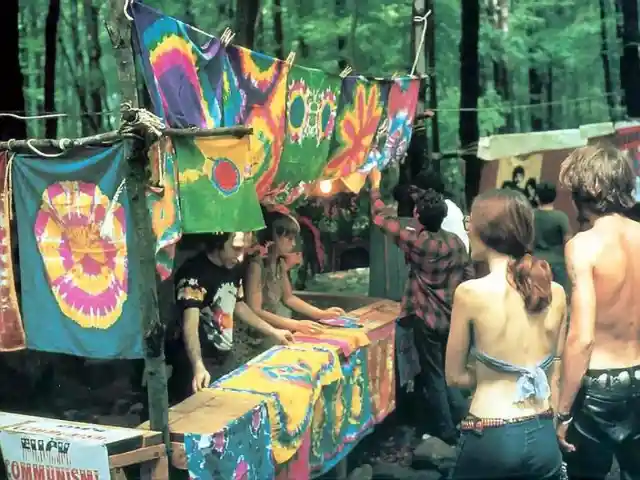
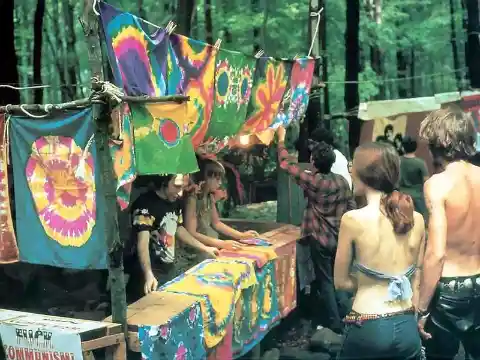
Creedence Clearwater Revival was the first act to sign a contract for the event for $10,000.
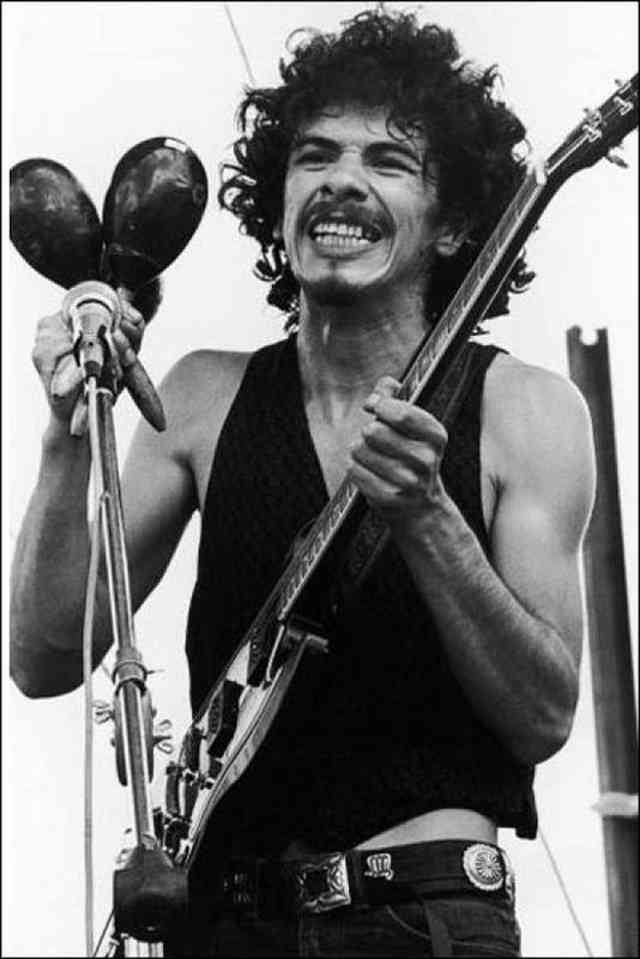
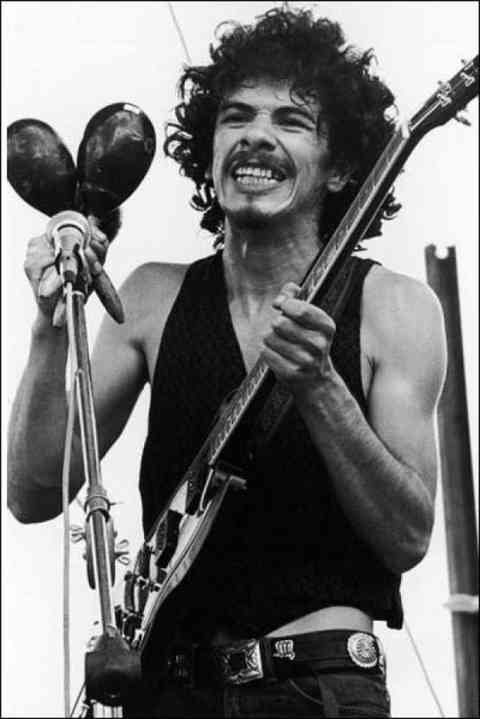
The British artist who really made his mark was Joe Cocker, whose soulful rendition of The Beatles song With A Little Help From My Friends was one of the greatest performances.
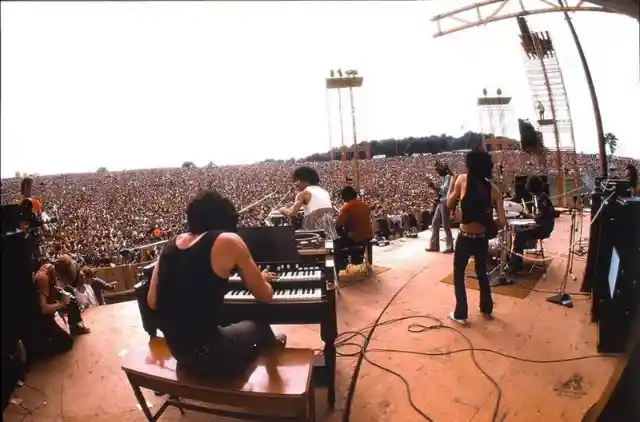
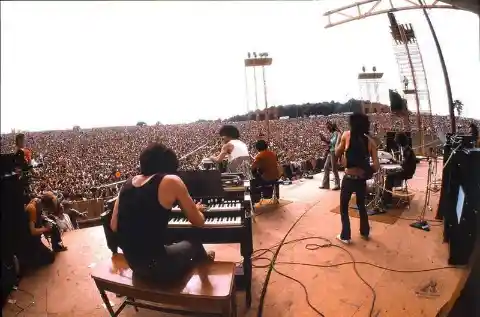
Town officials were originally told that no more than 50,000 would attend the festival.
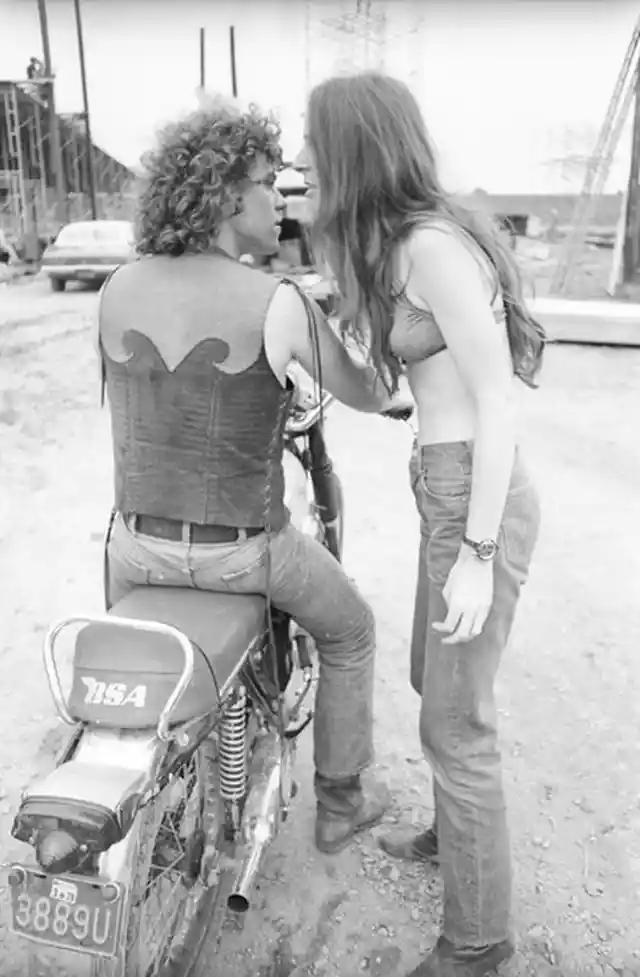
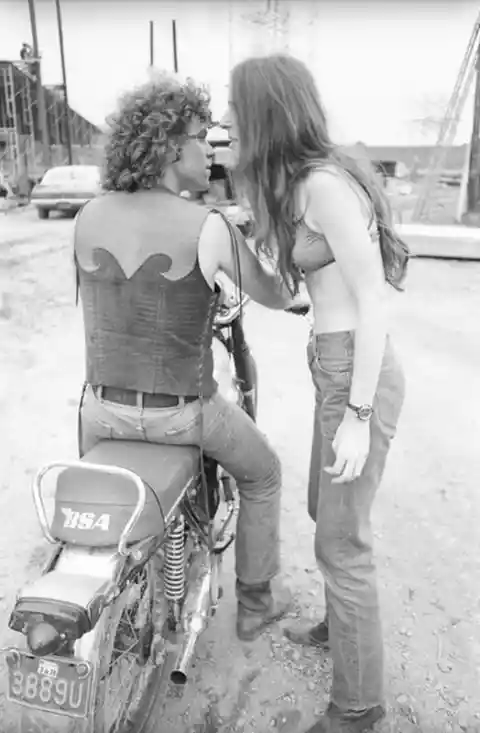
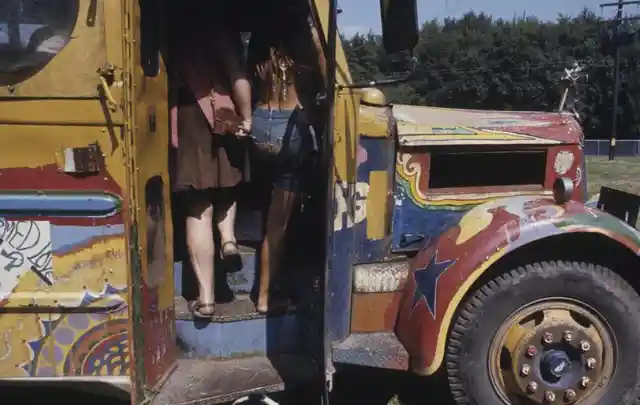
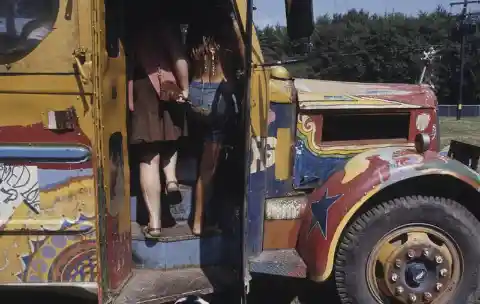
The influx of unexpected attendees created a massive traffic jam.
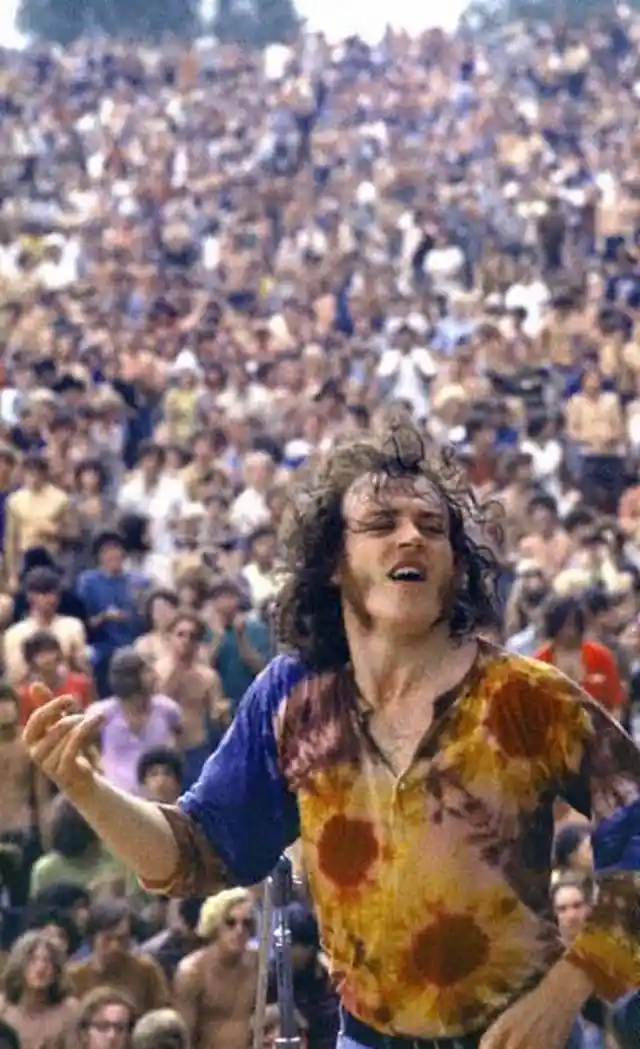
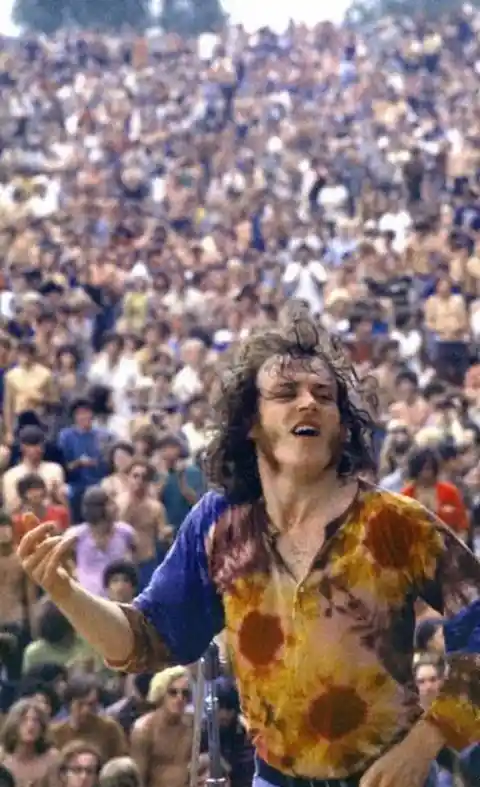
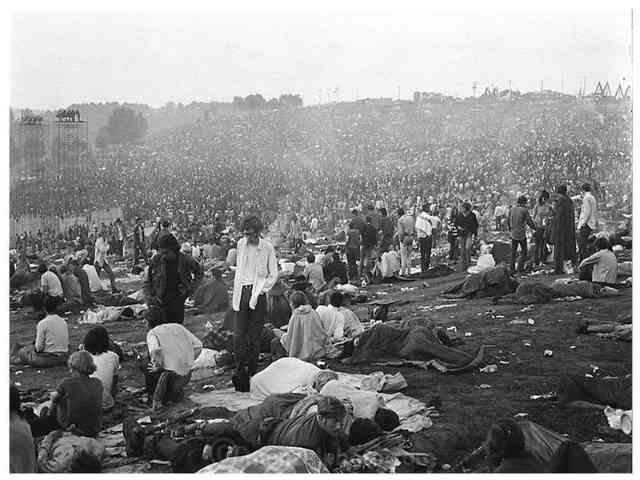
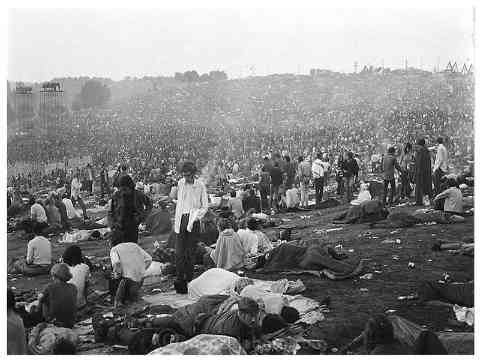
The facilities were not equipped to provide sanitation or first aid for the number of people attending.
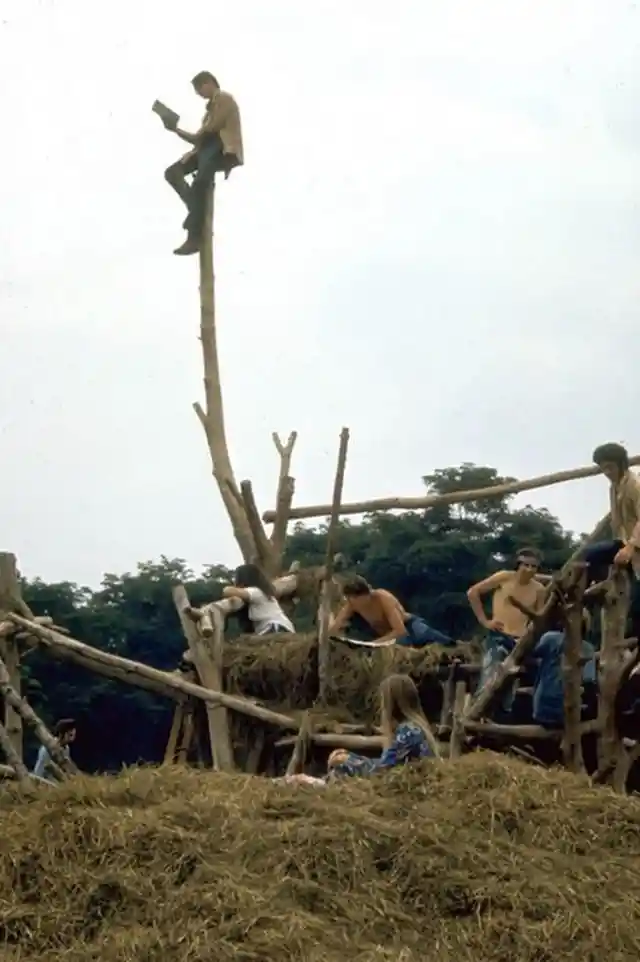
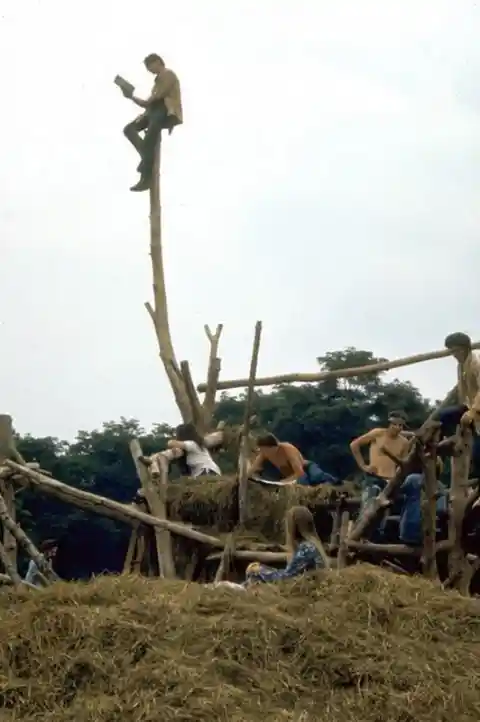
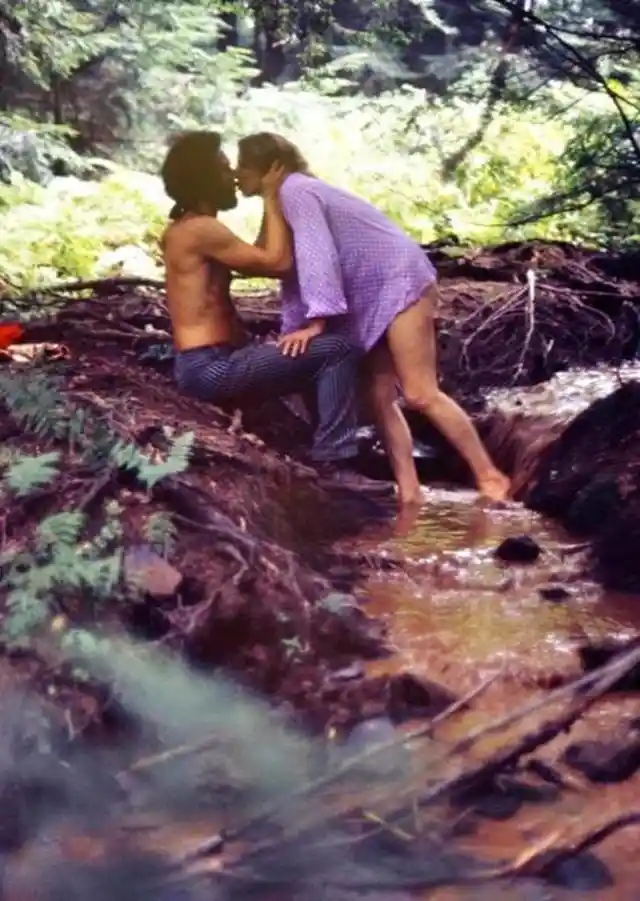
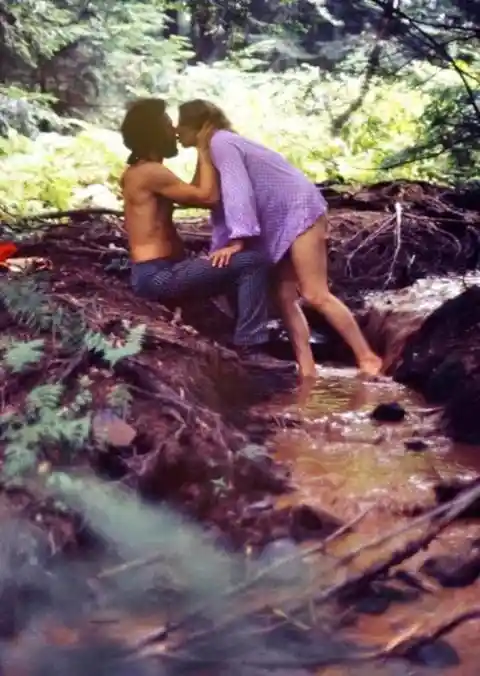
Hundreds of thousands found themselves in a struggle against bad weather, food shortages, and poor sanitation.
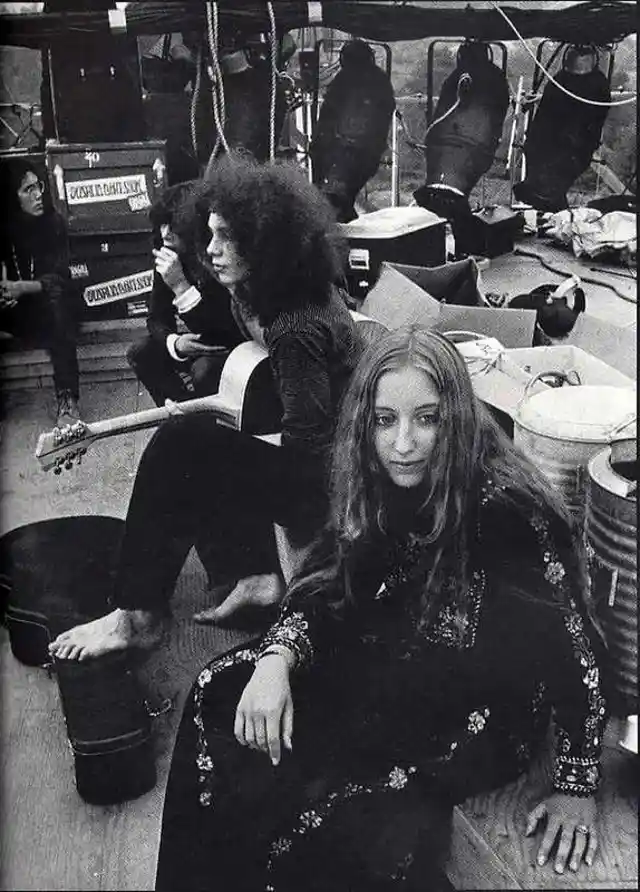
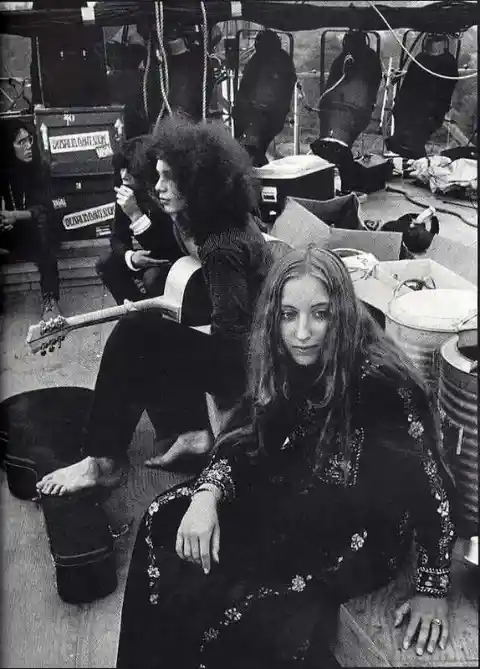
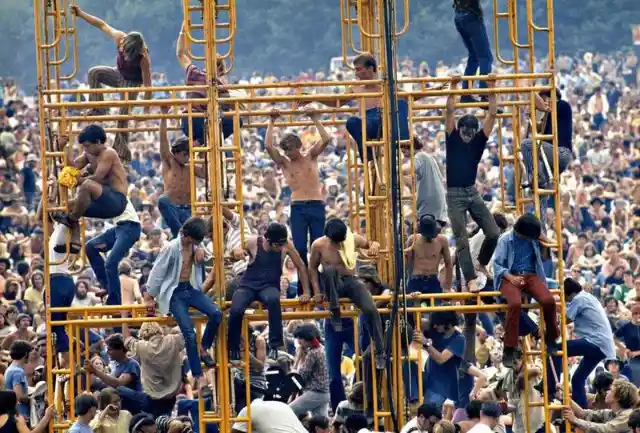
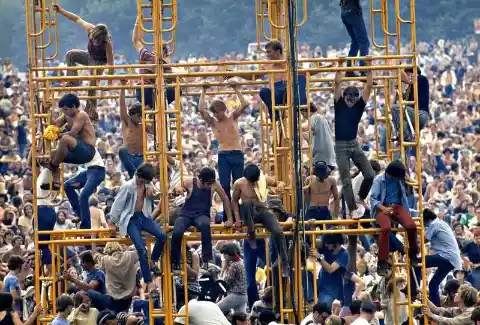
Jimi Hendrix was paid $30,000 for two sets plus $2,000 for expenses.
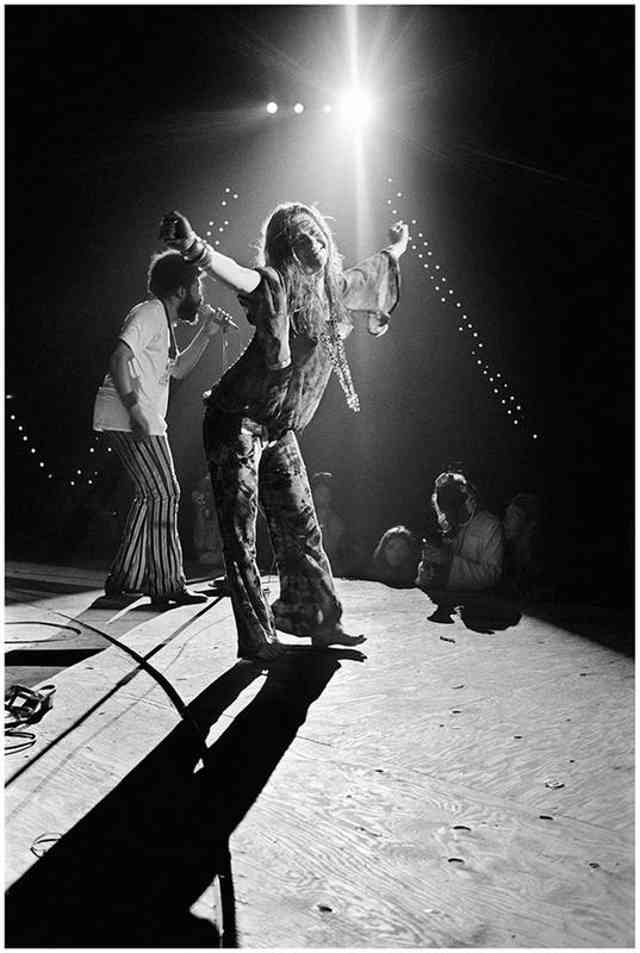
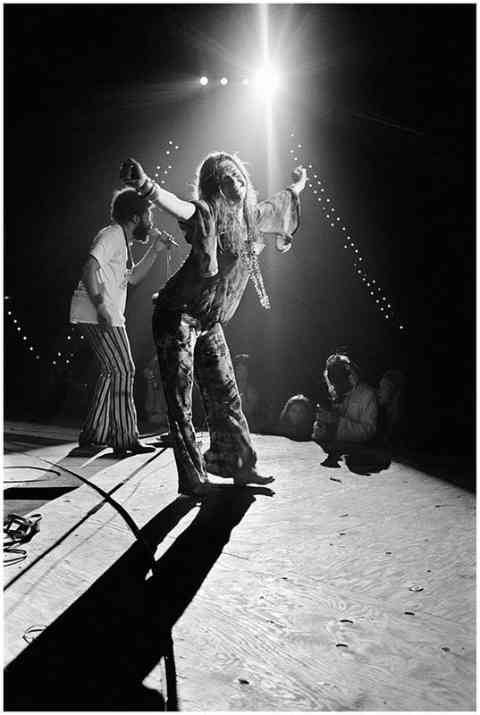
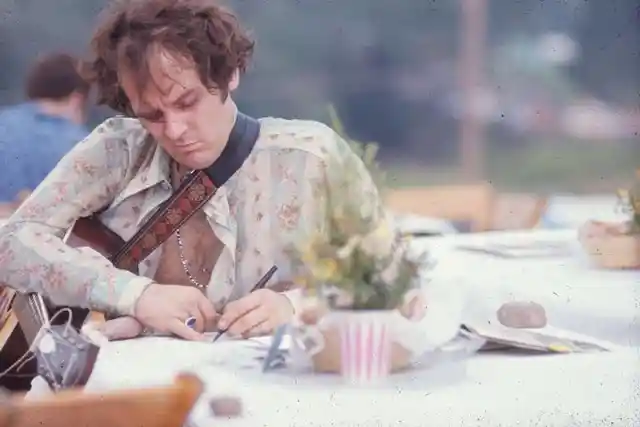
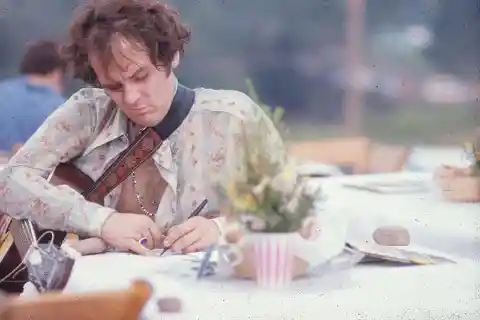
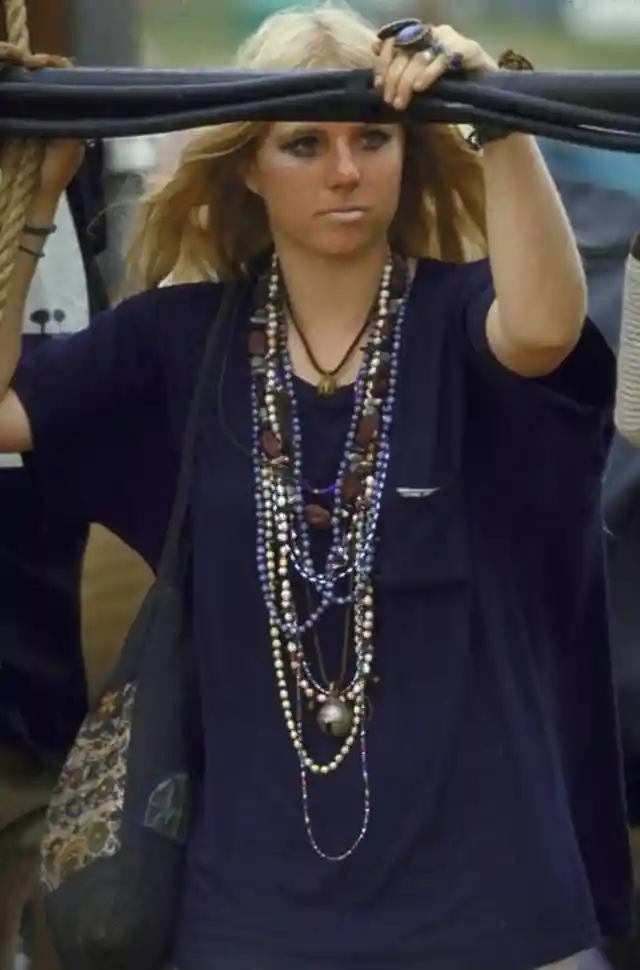
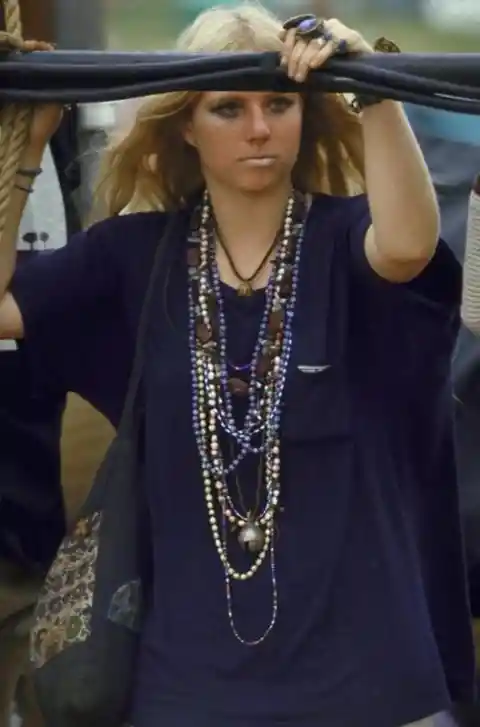
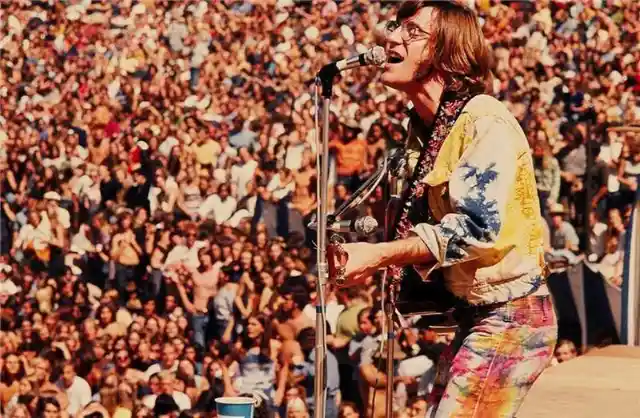
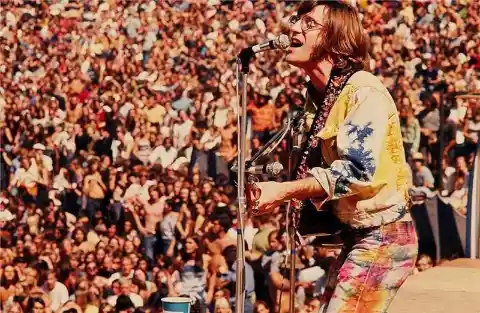
Sly and the Family Stone were paid $7,000.
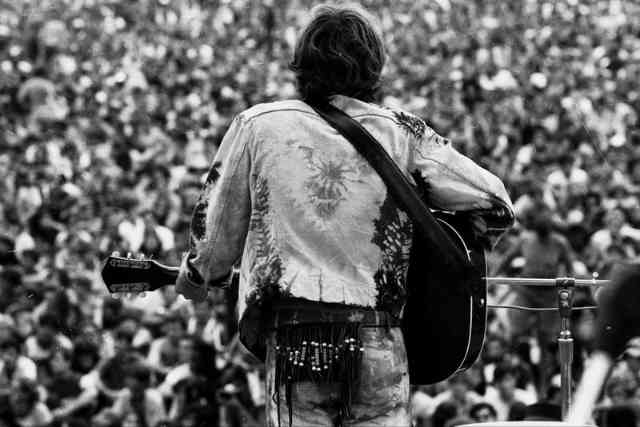
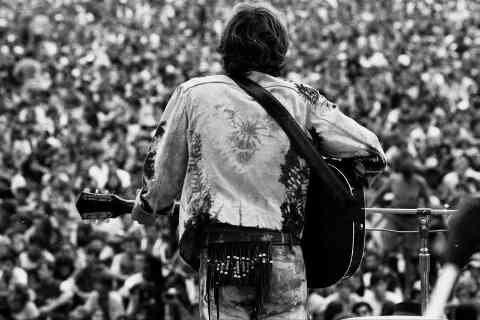
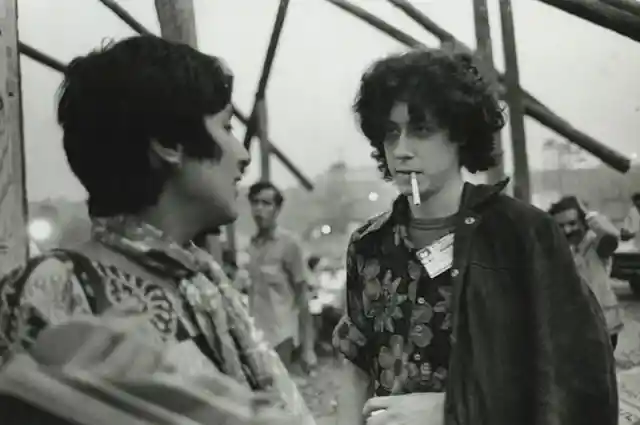
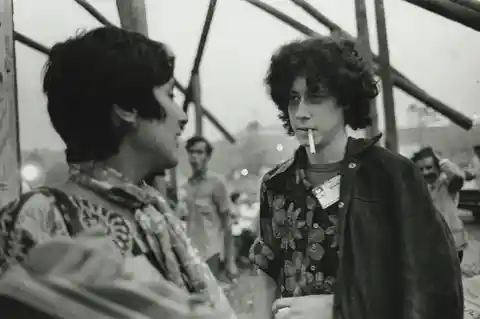
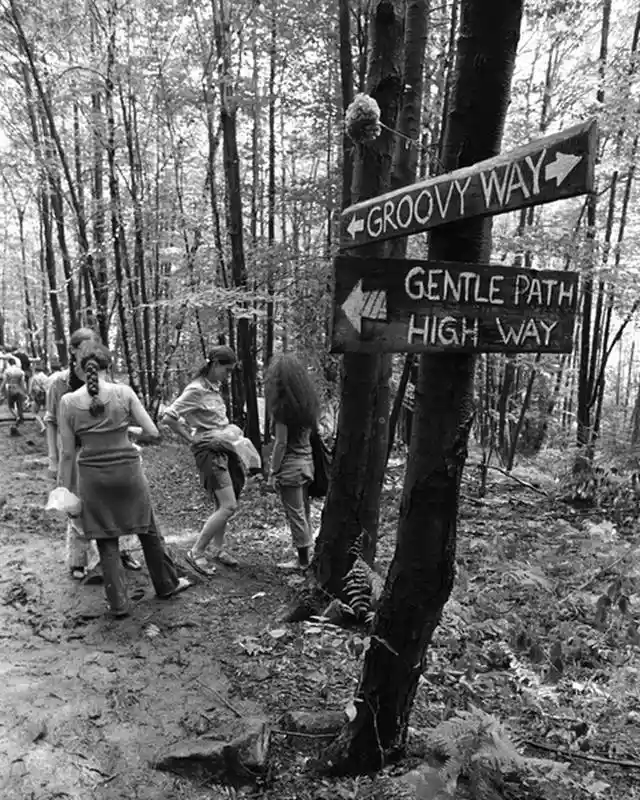
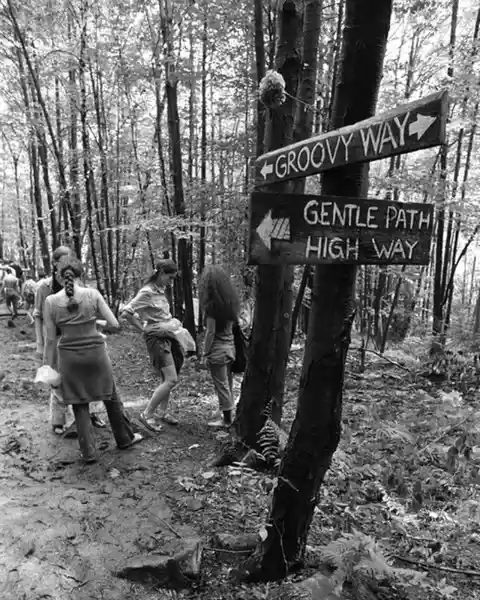
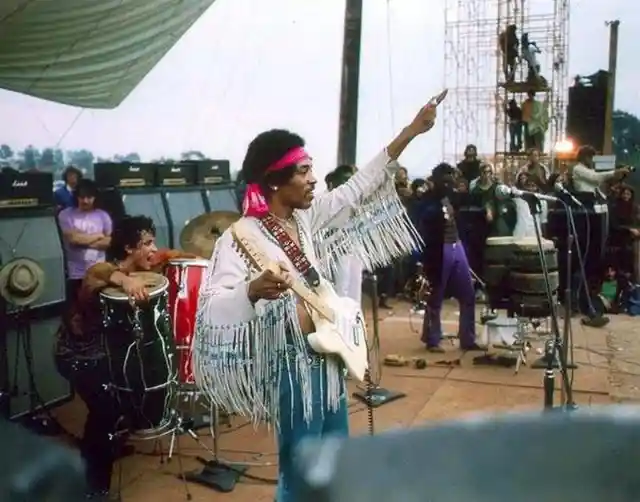
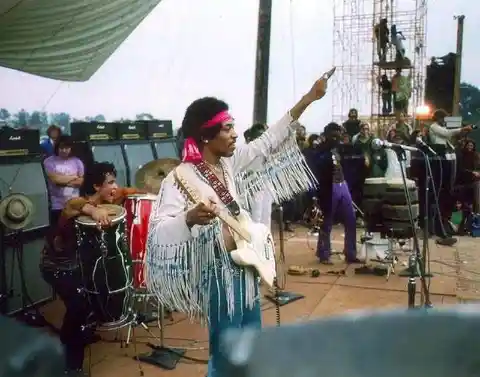
Crosby, Stills, Nash & Young were paid $5,000.
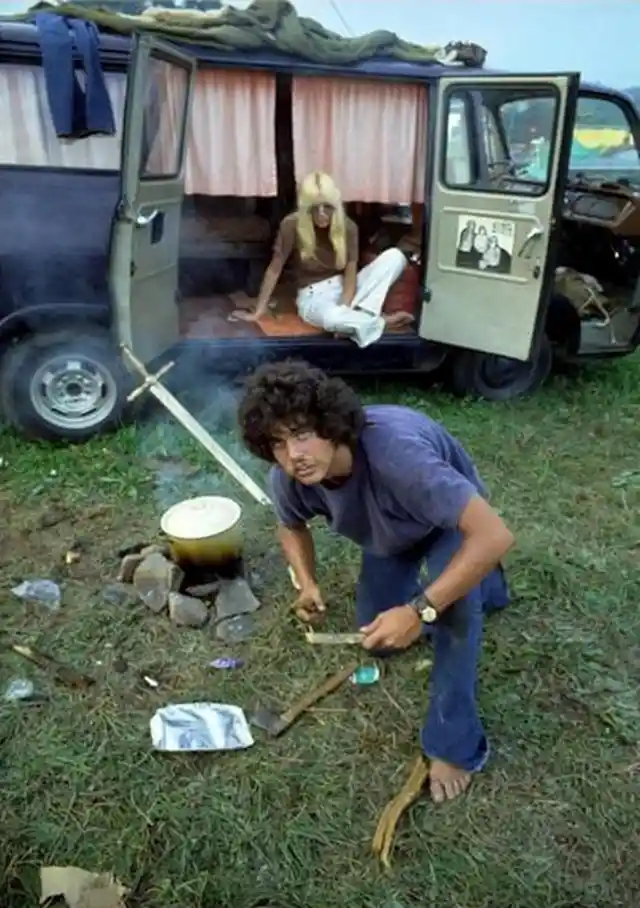
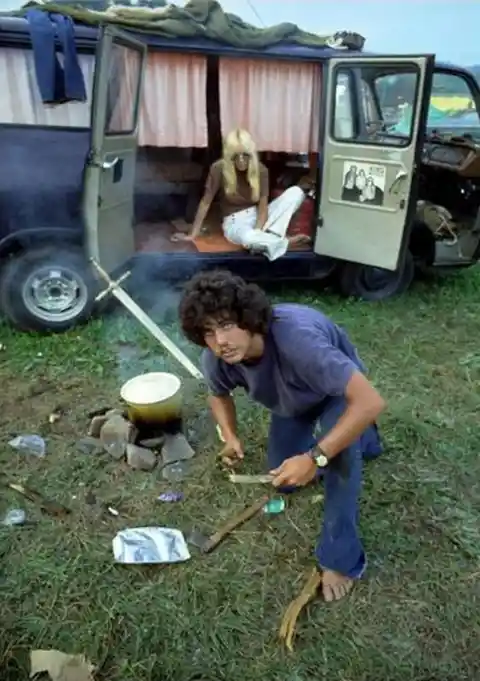
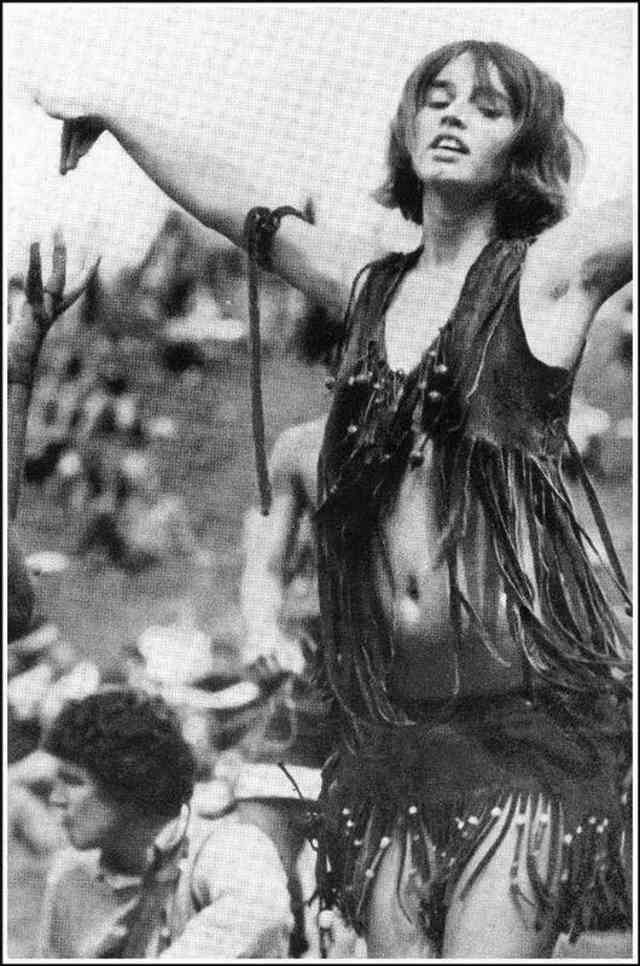
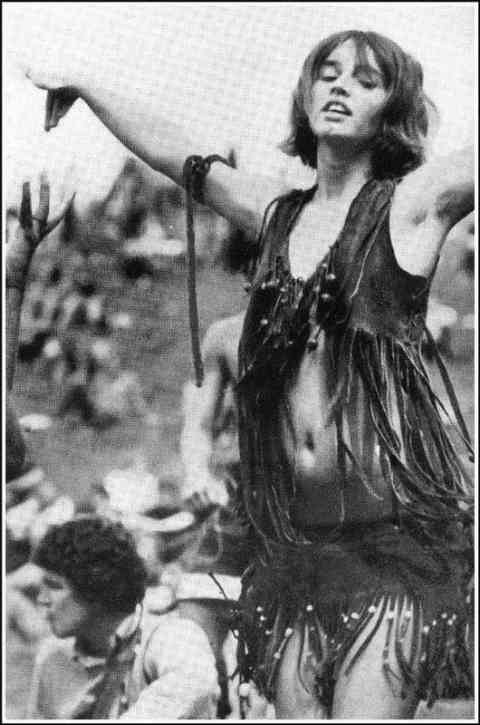
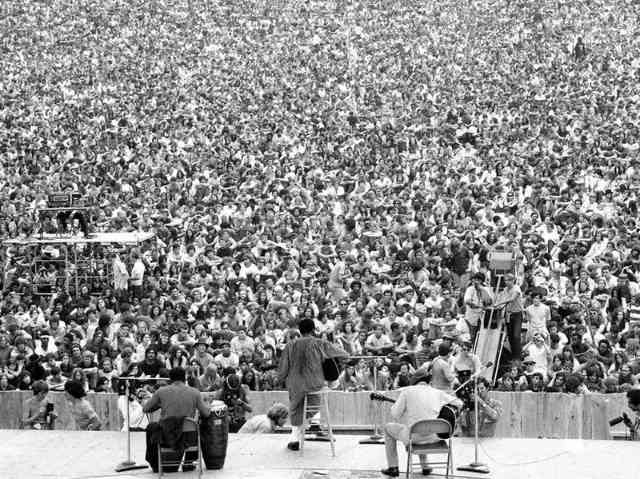
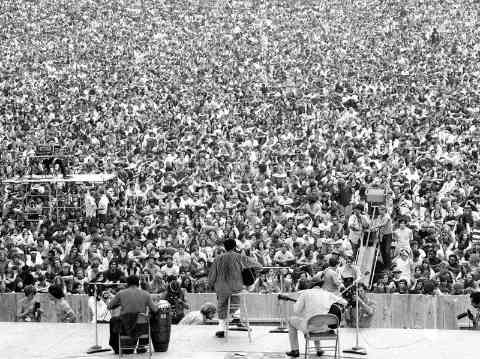
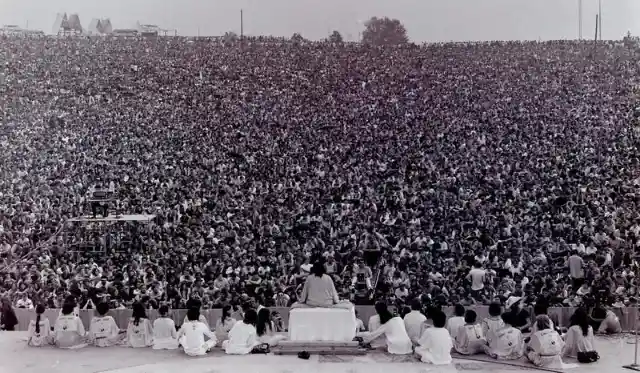
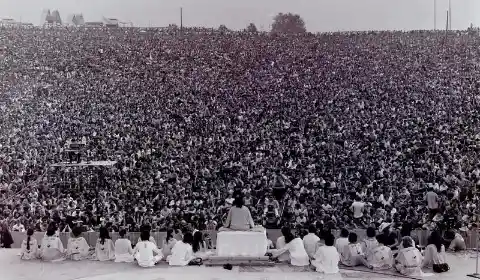
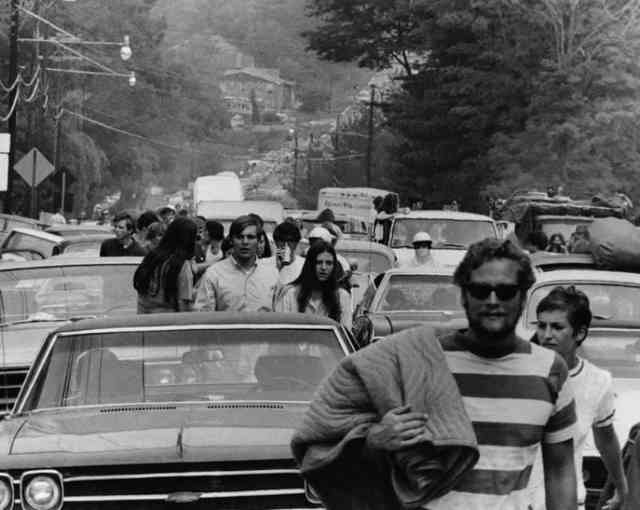
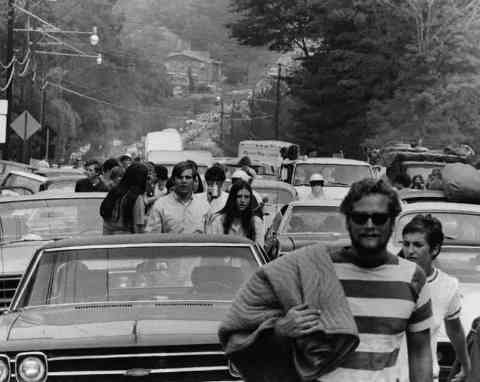
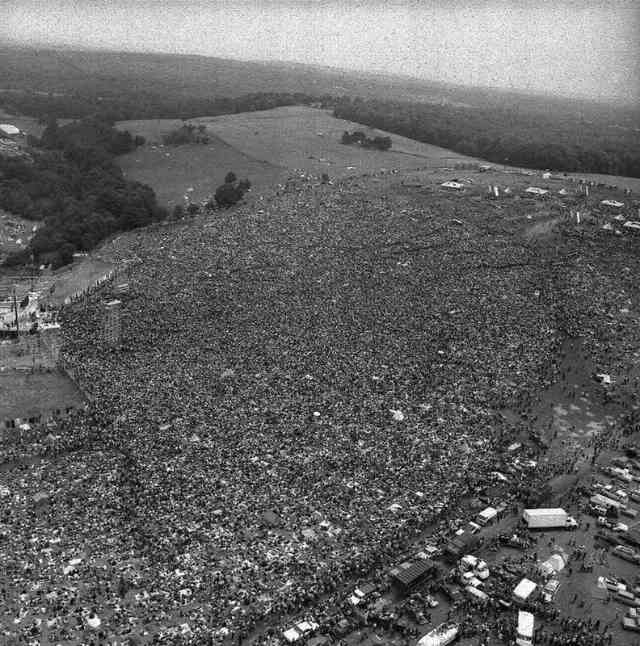
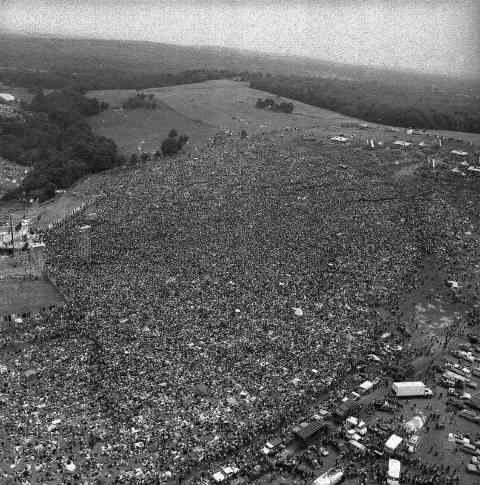
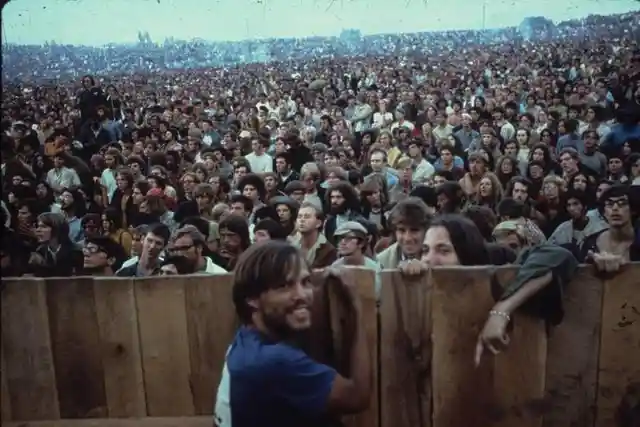
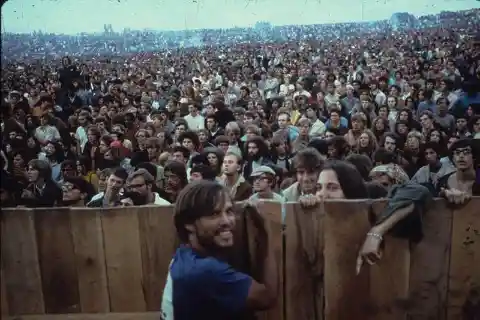
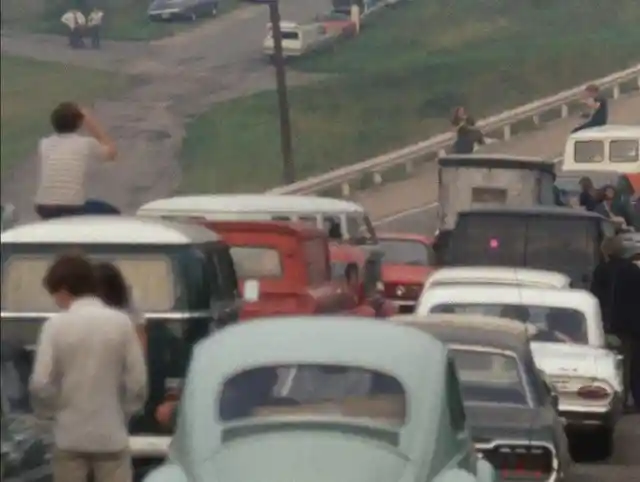
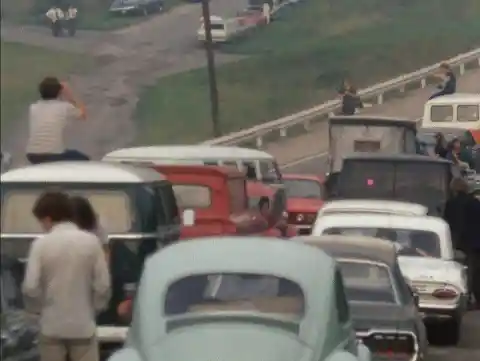
The Doors were asked to perform but canceled at the last moment.
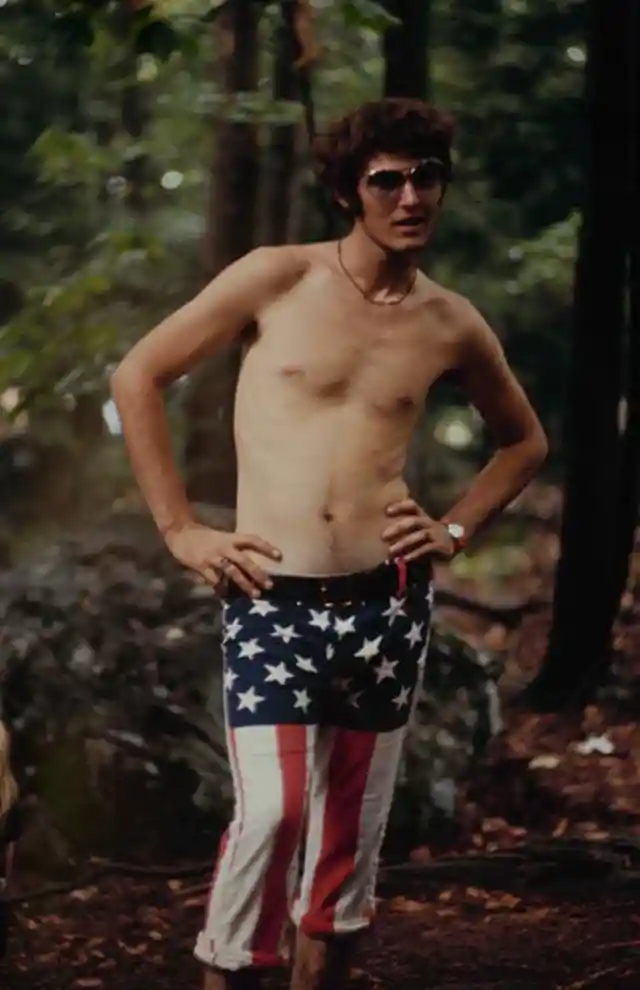
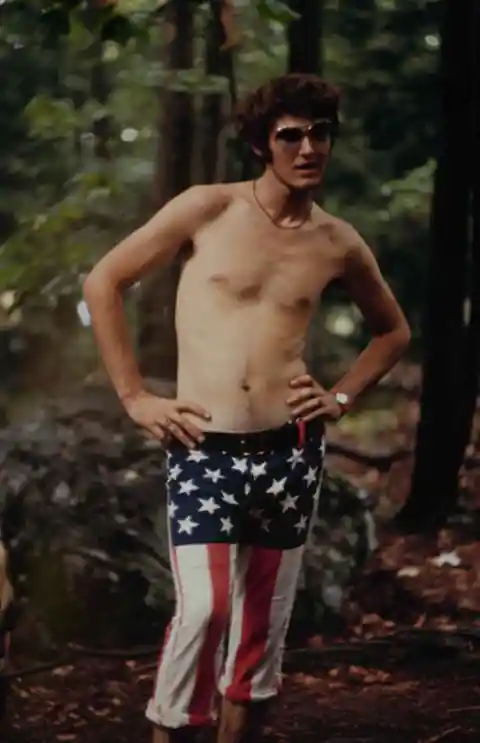
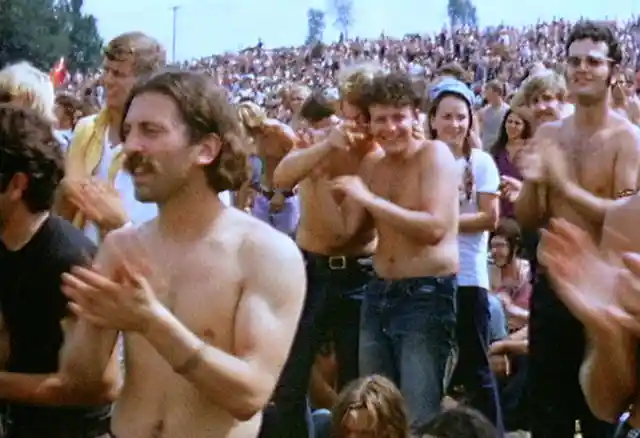
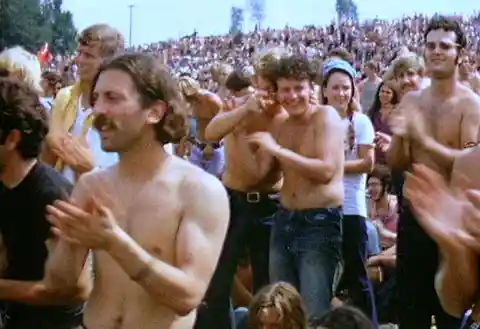
Led Zeppelin and Chicago were also asked to perform, but could not make it.
